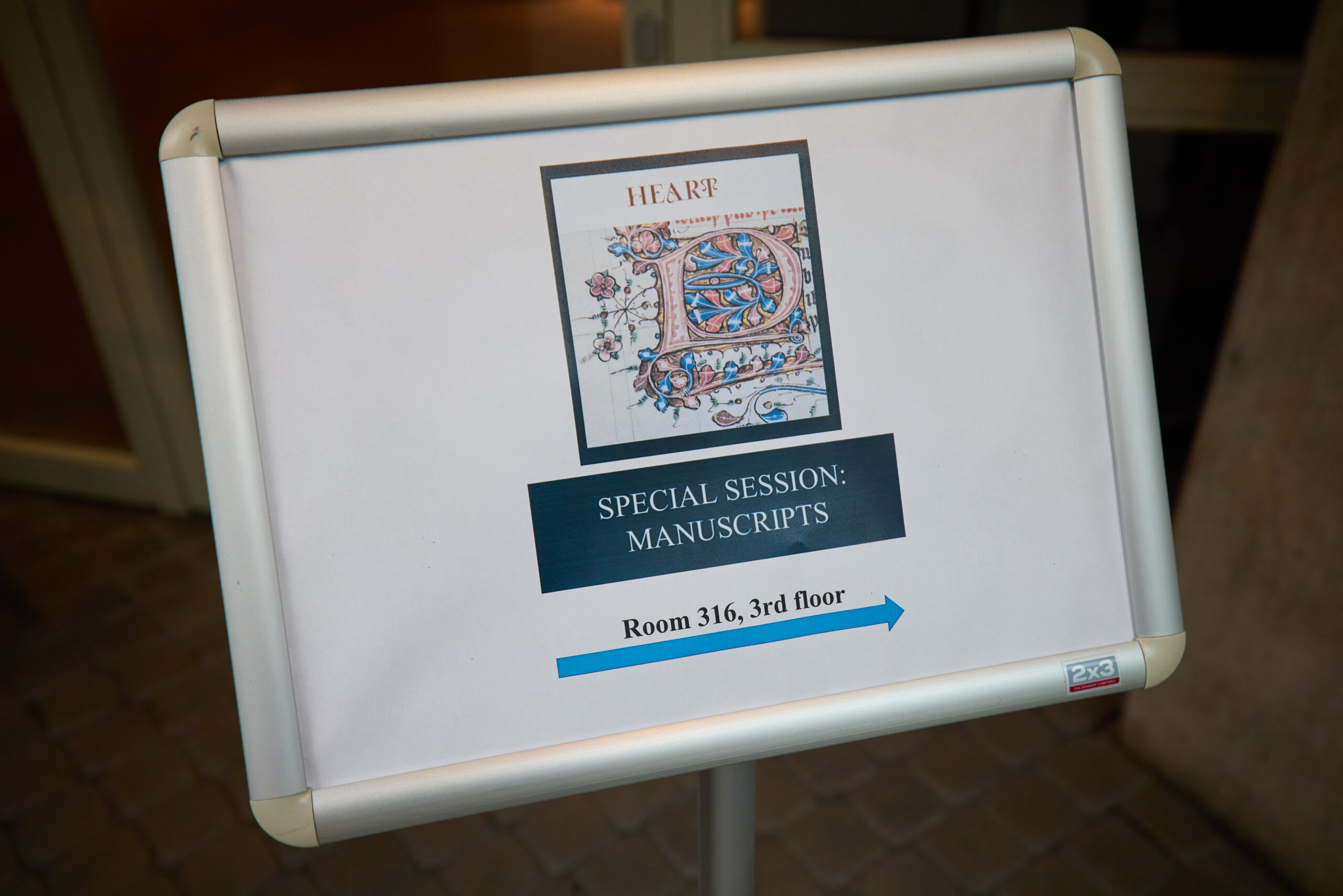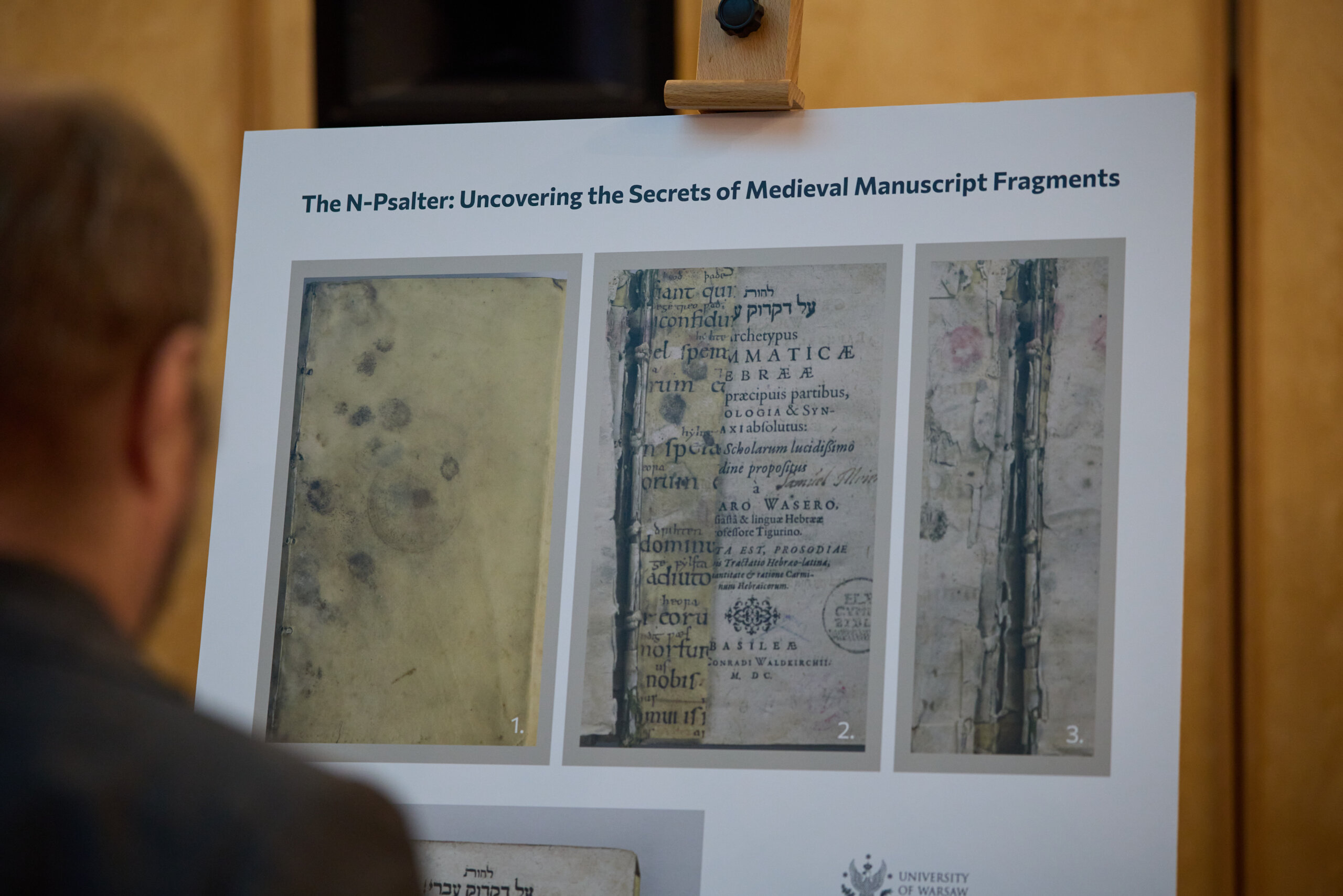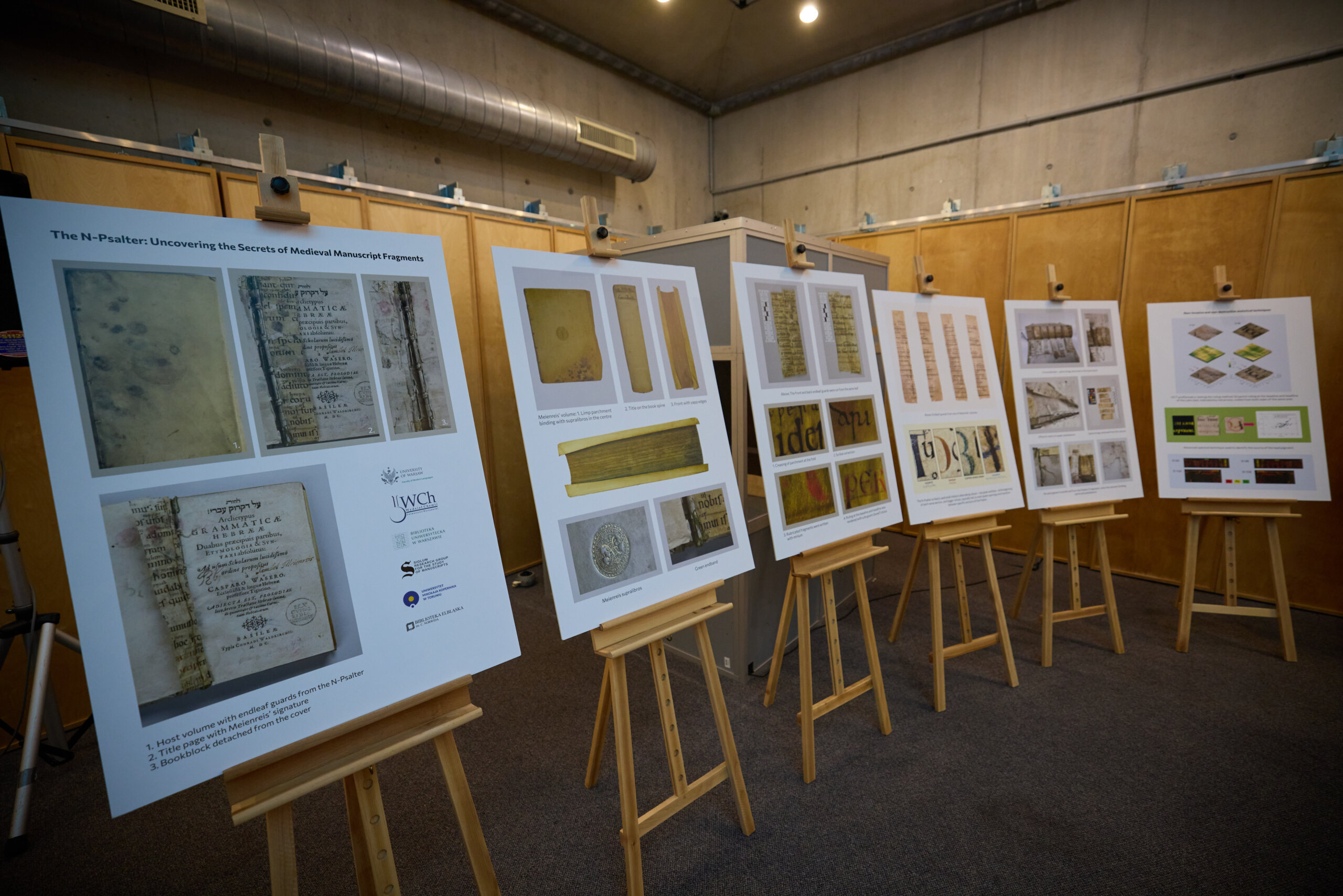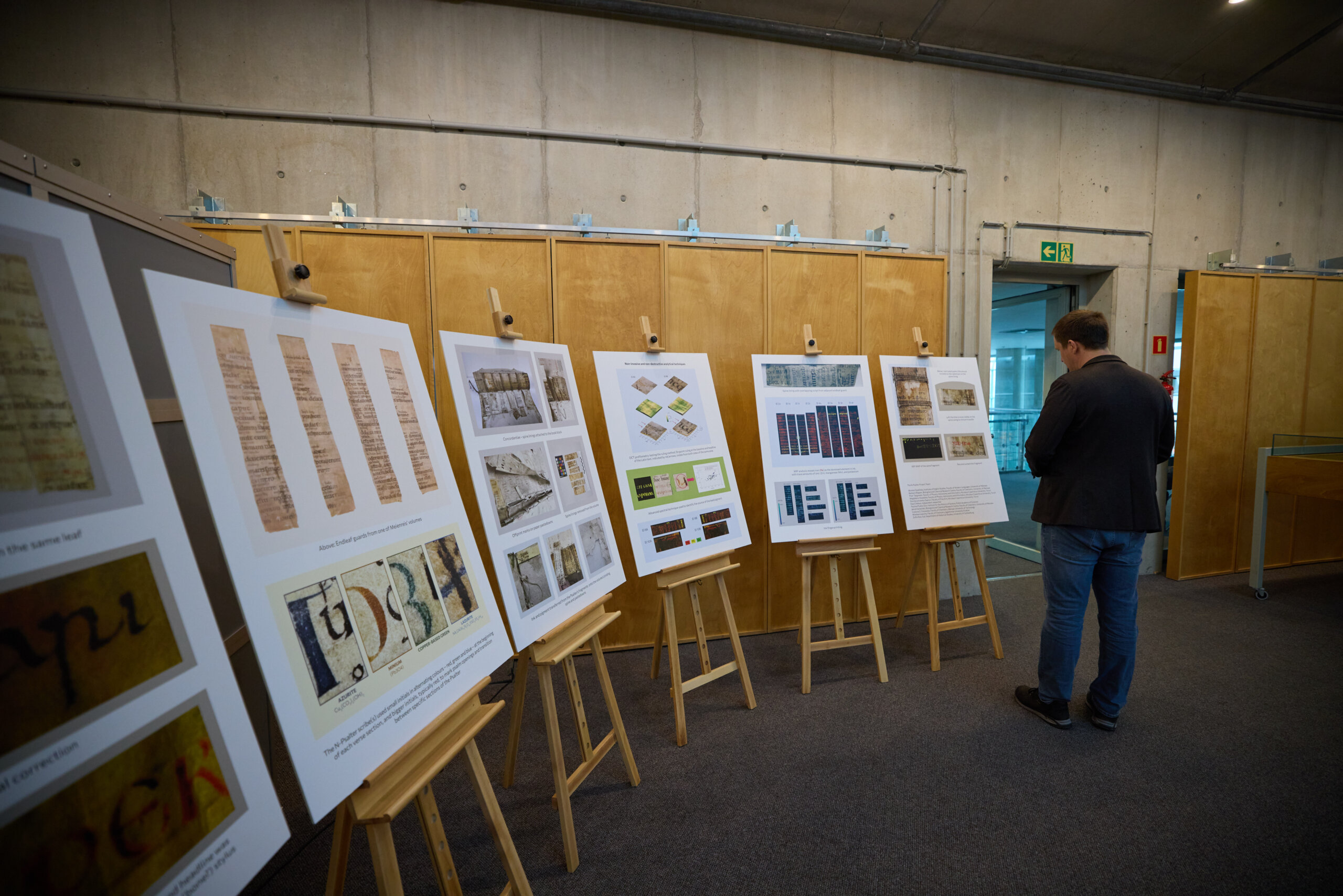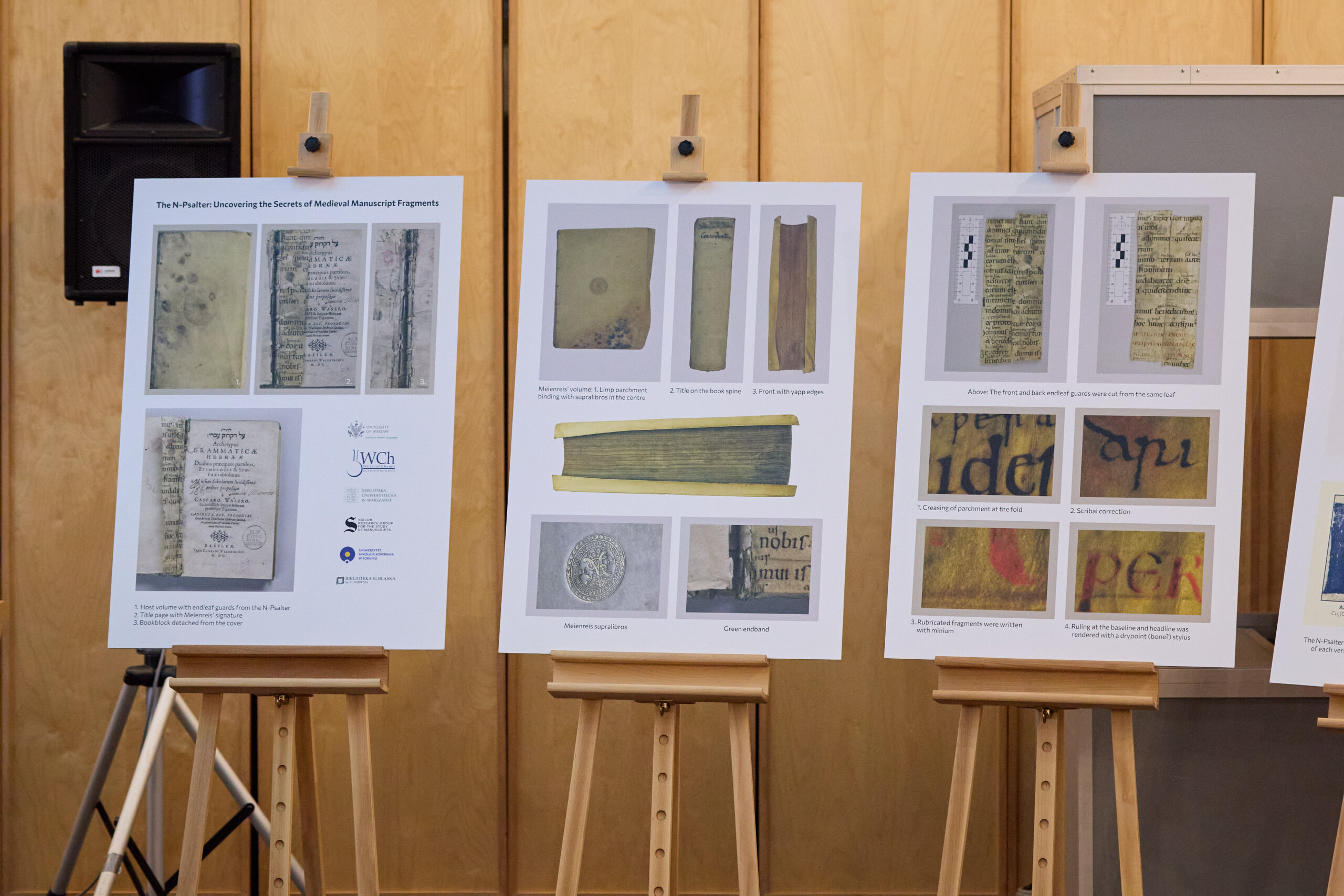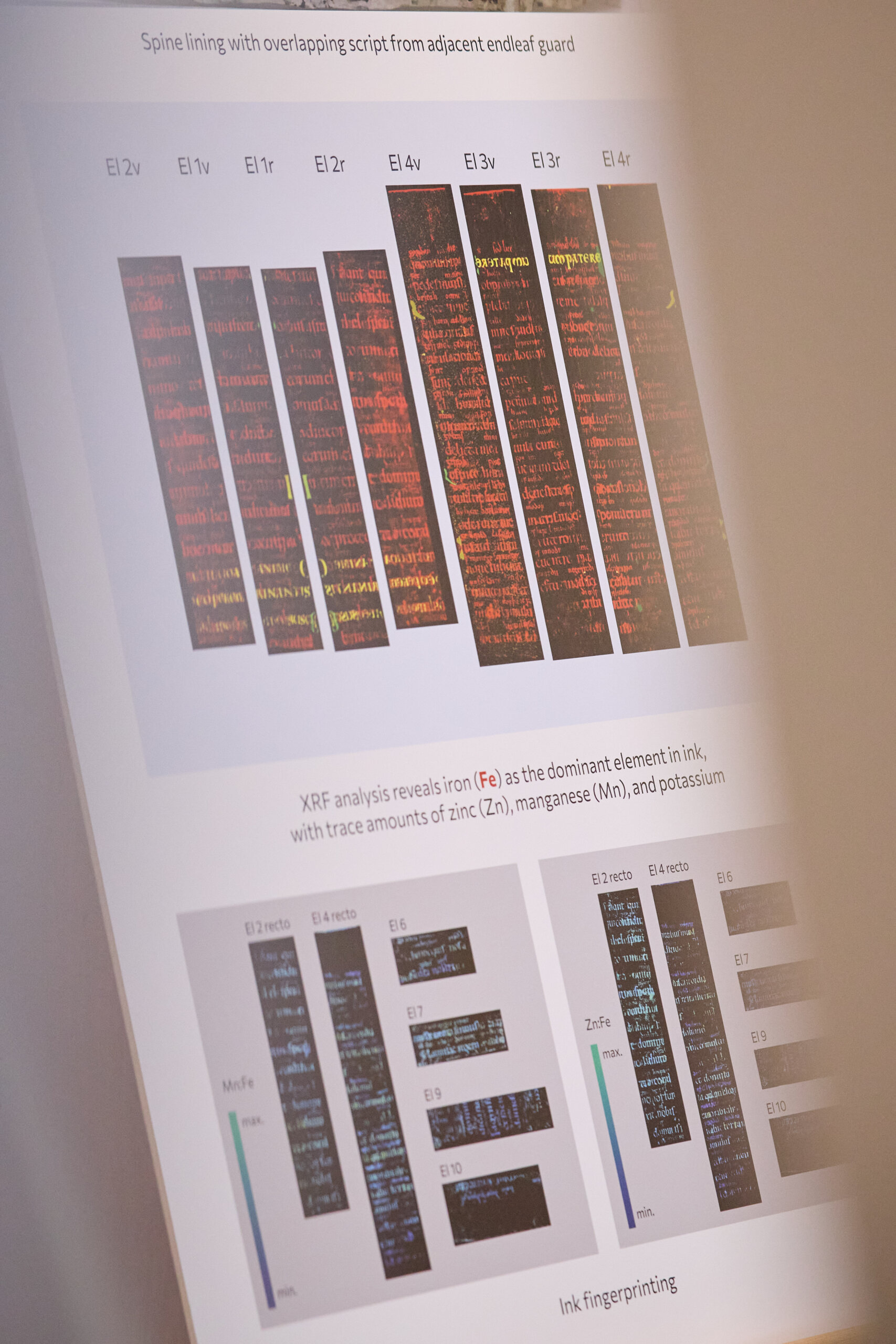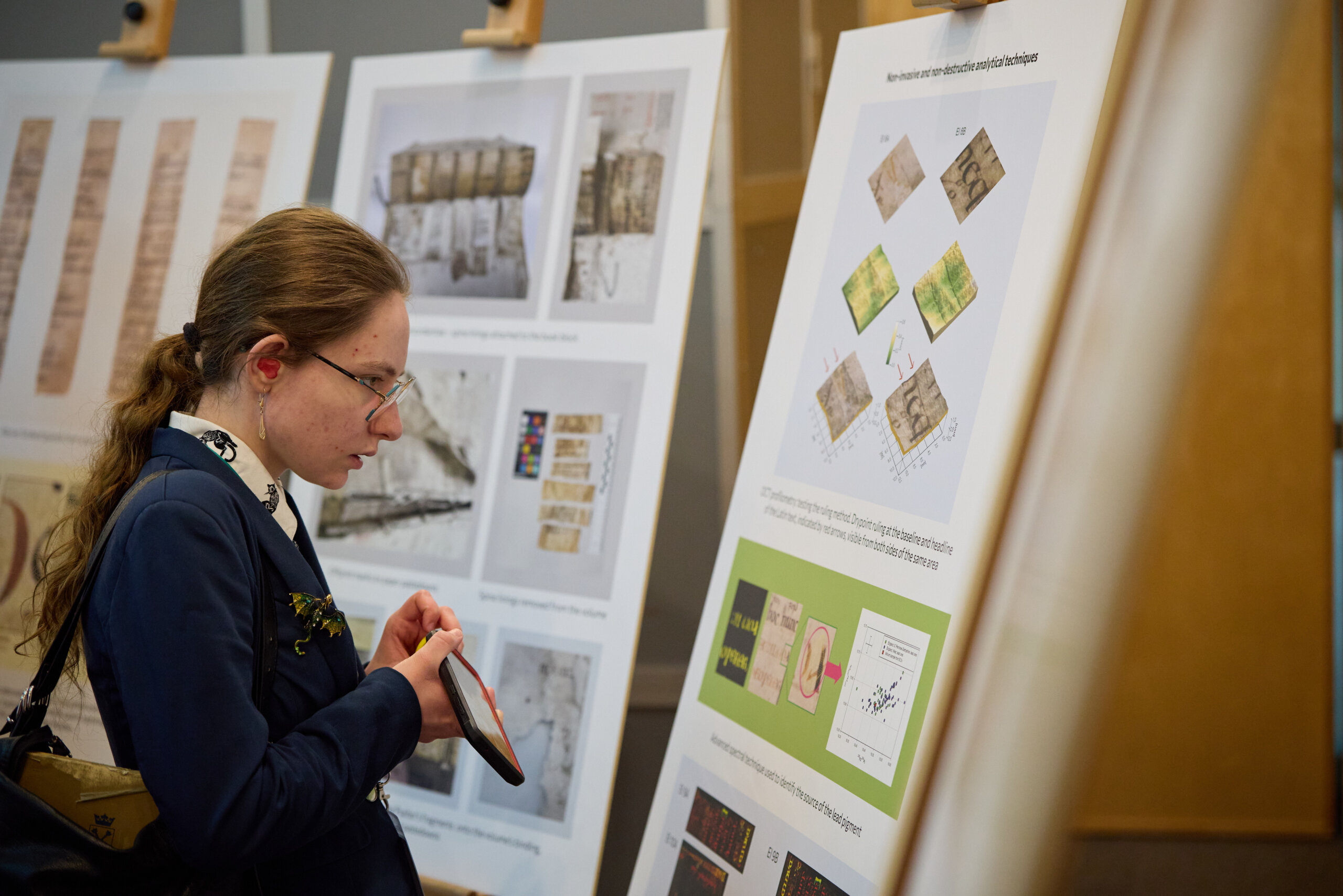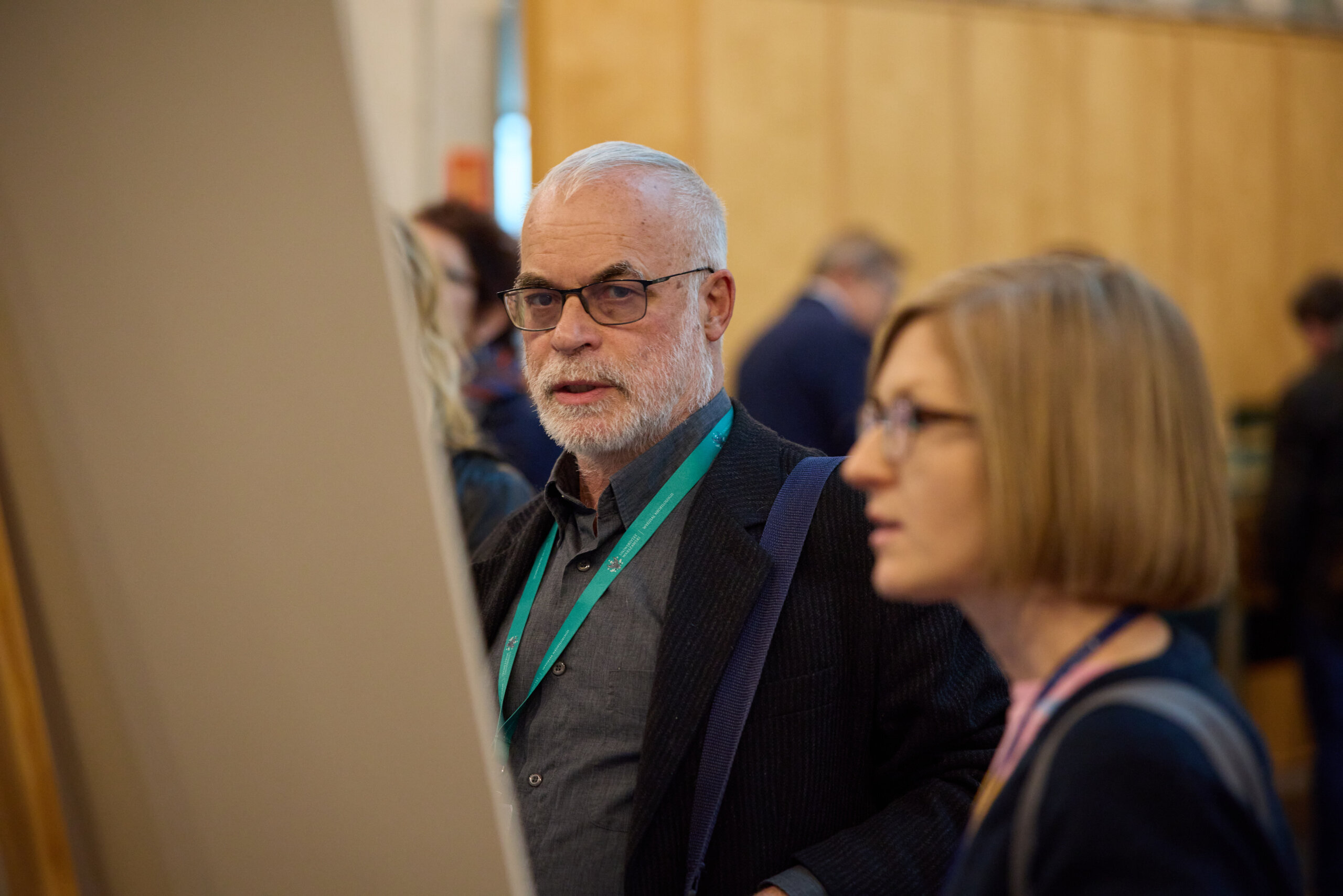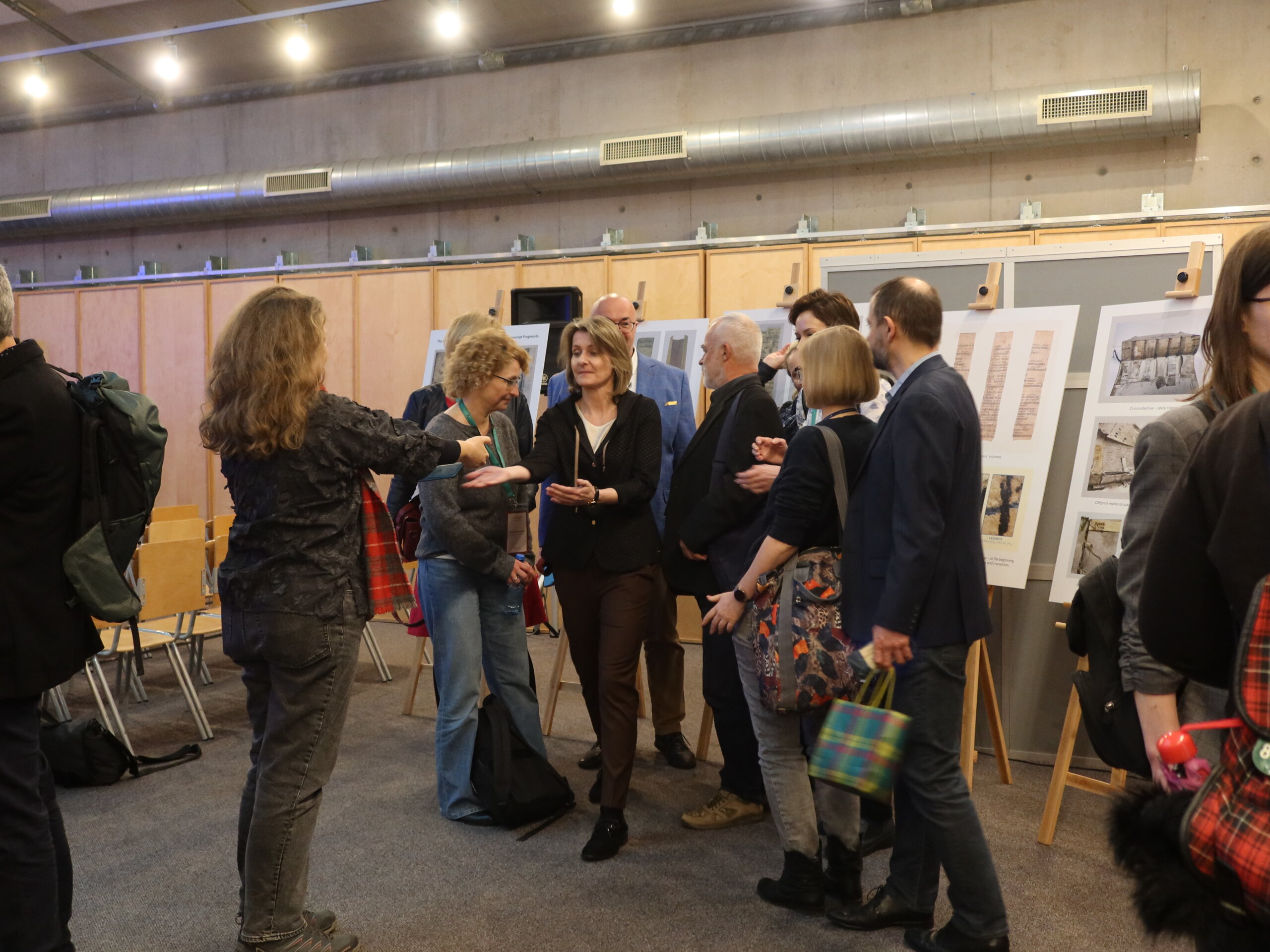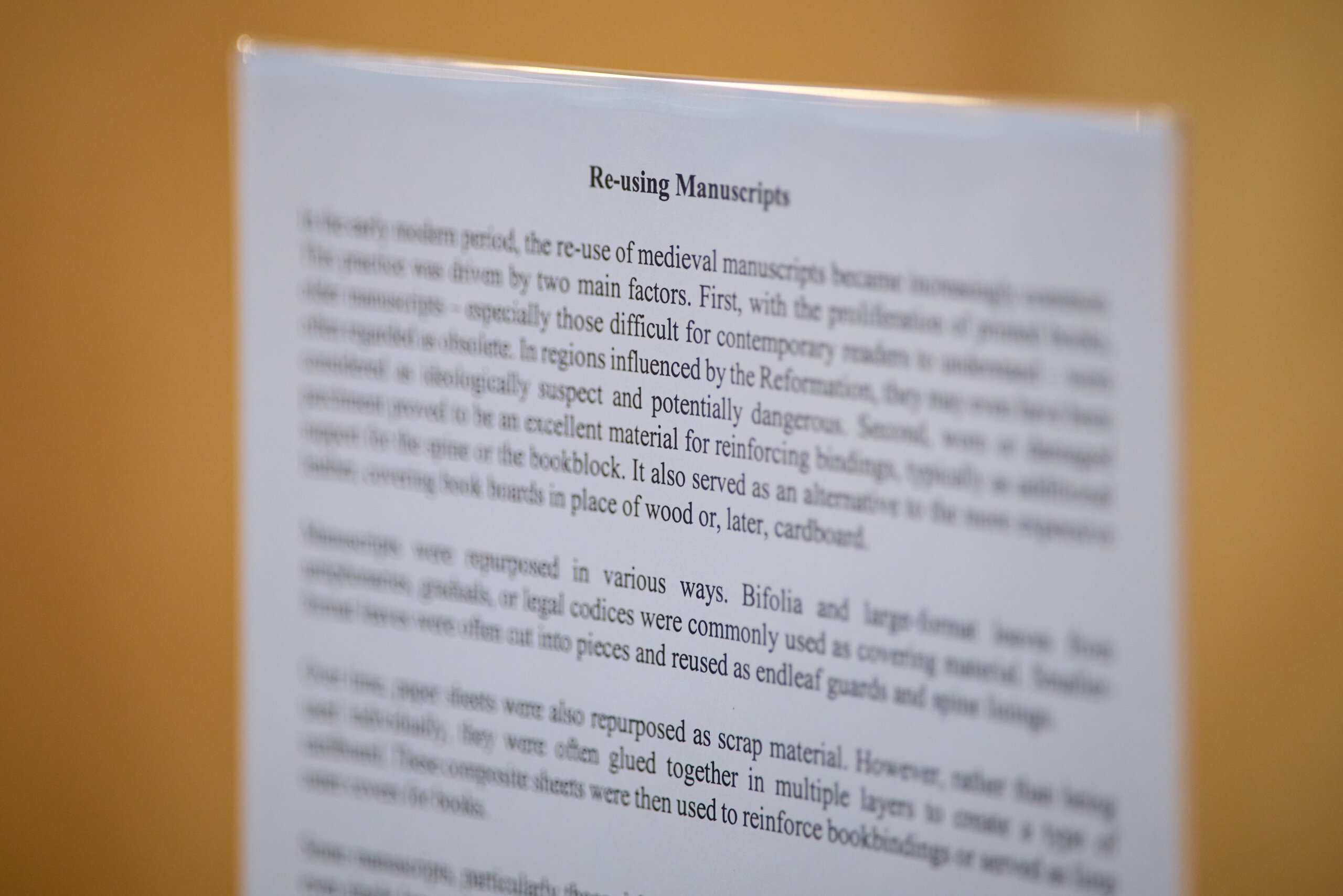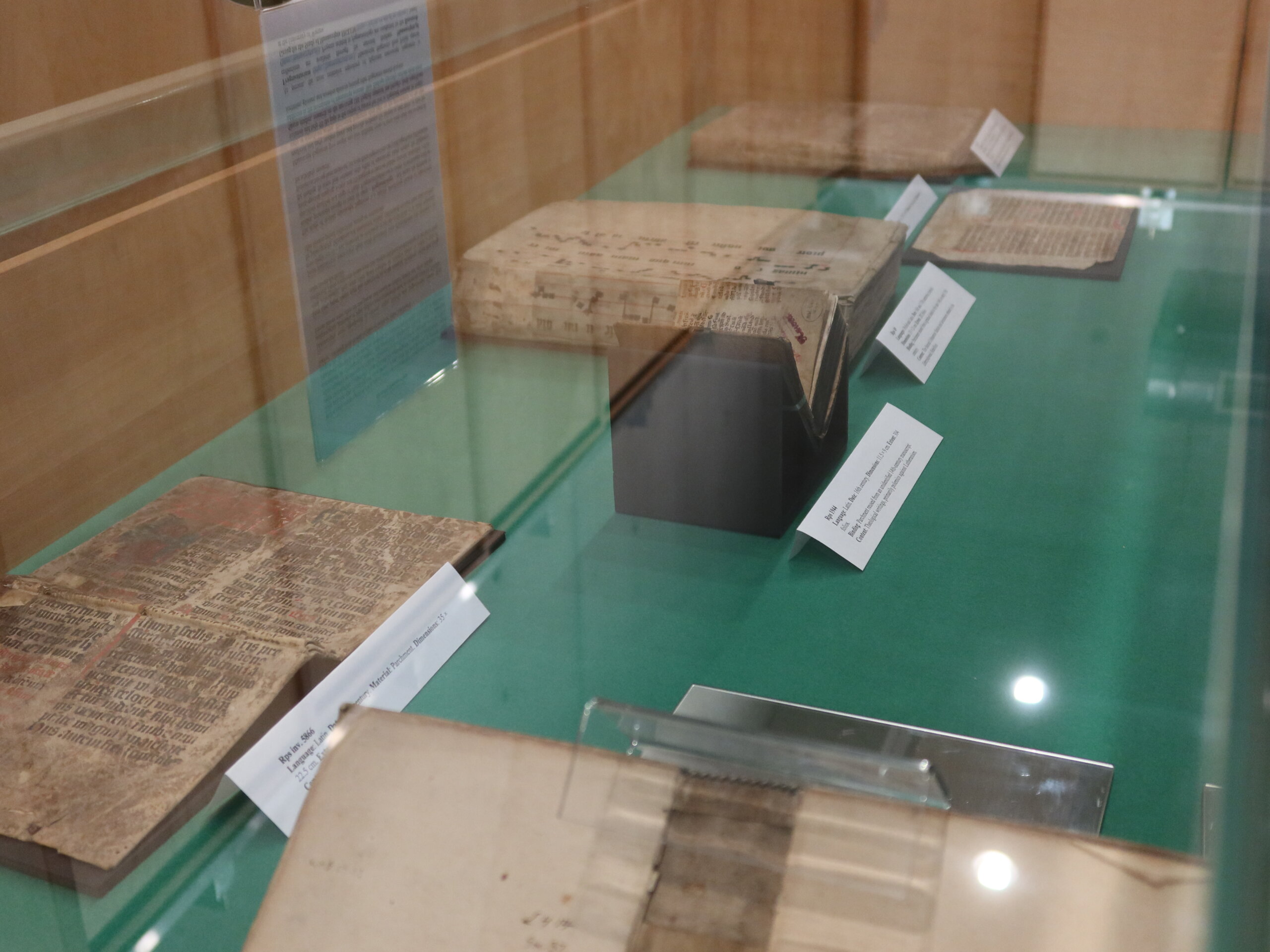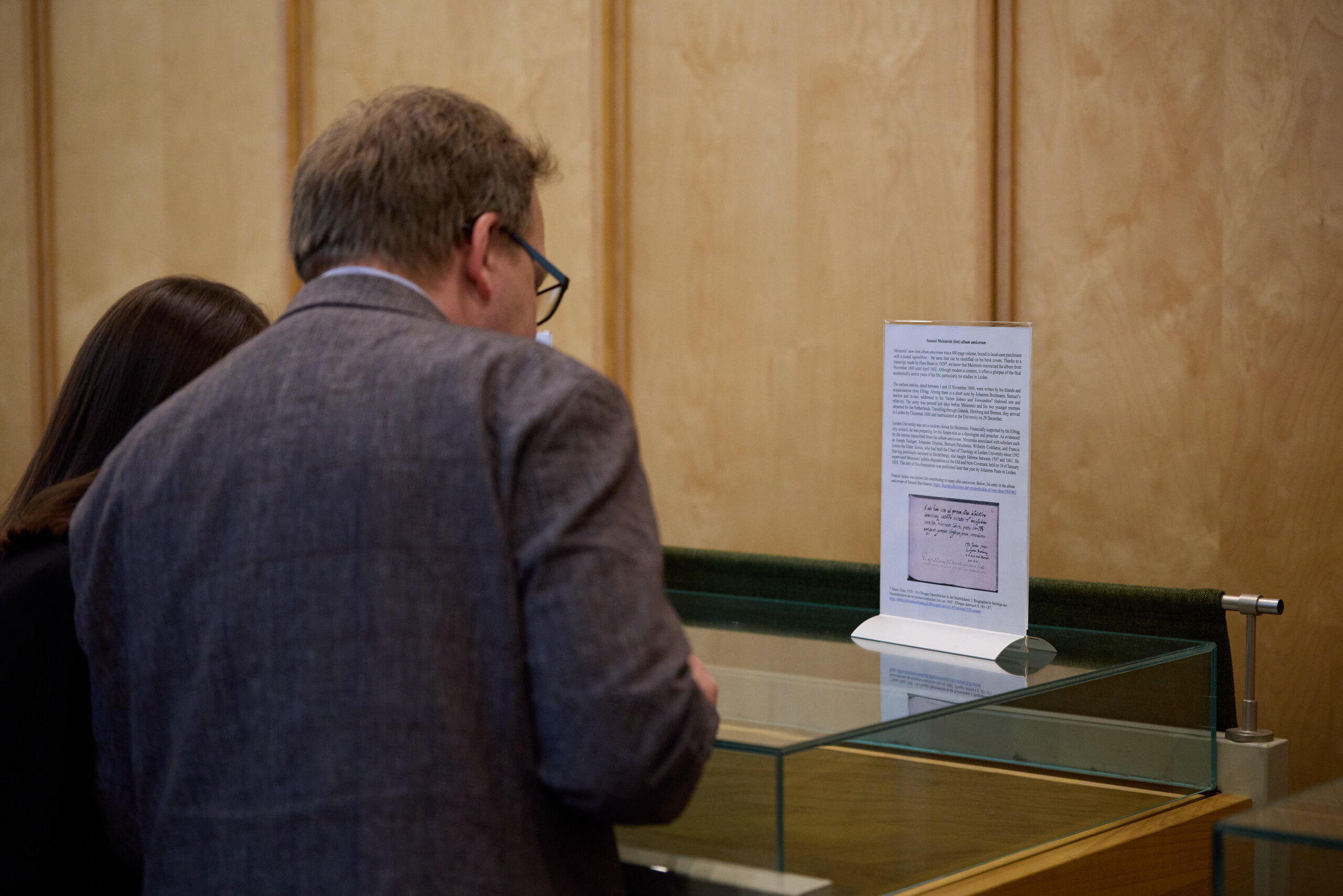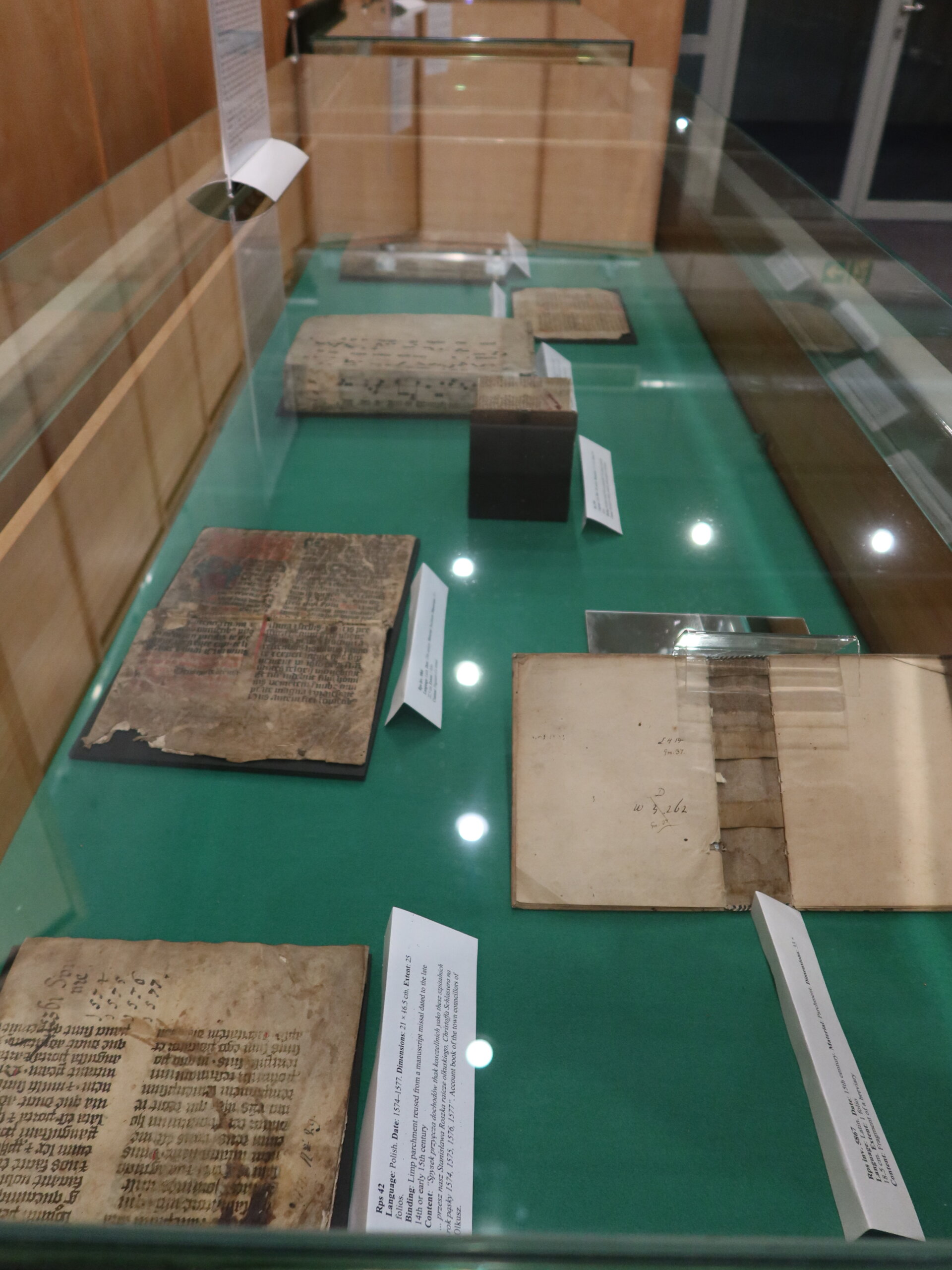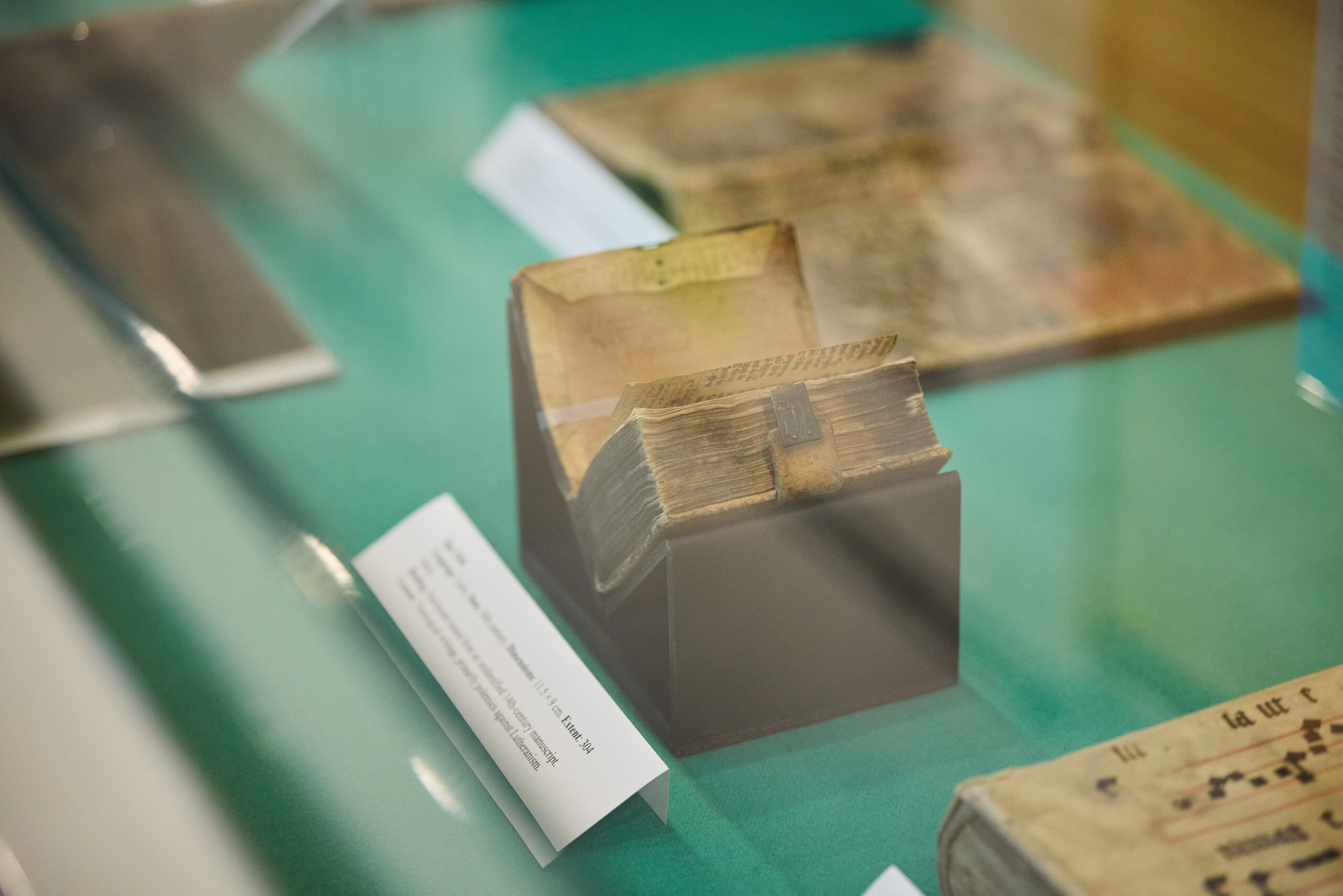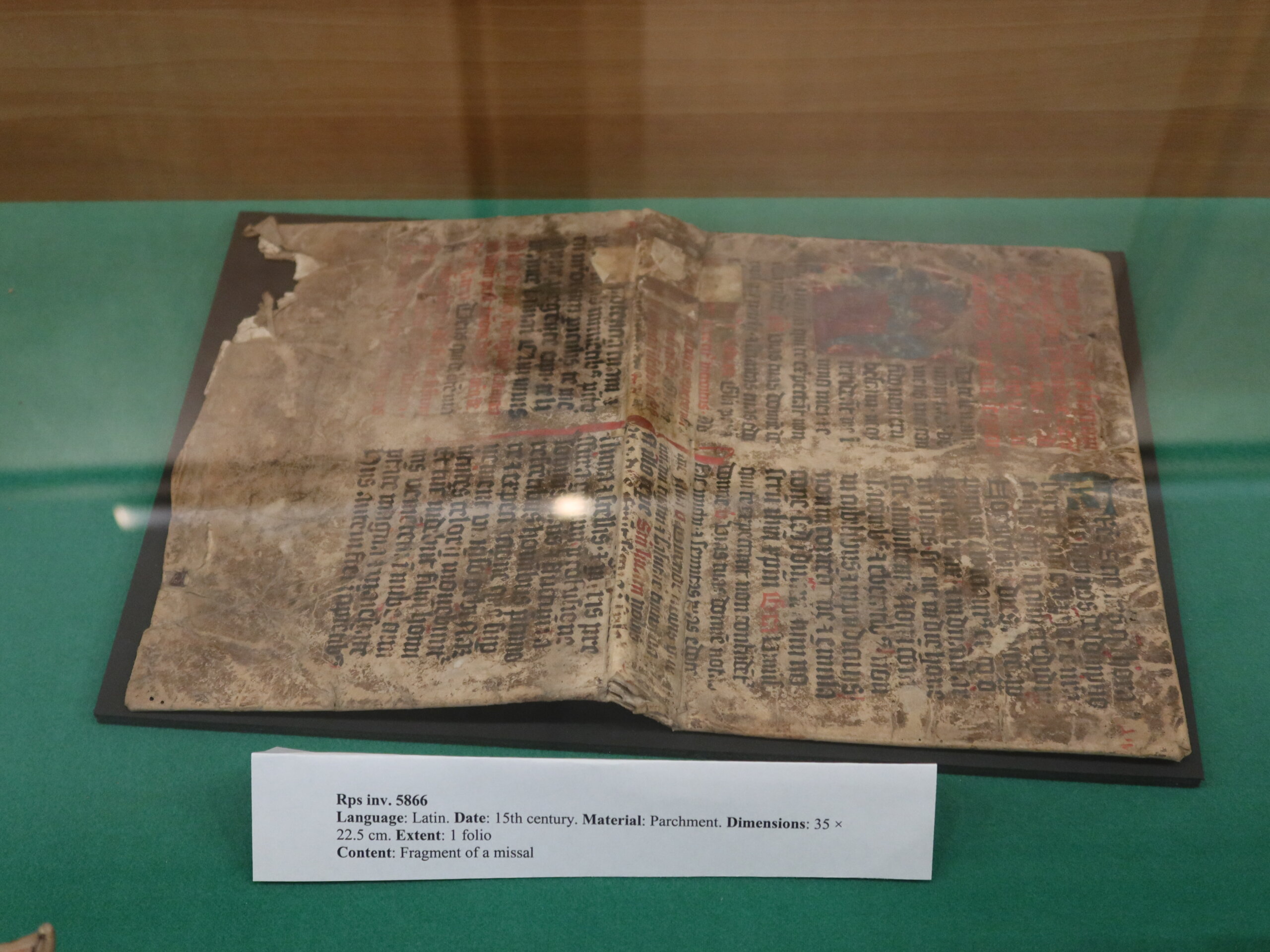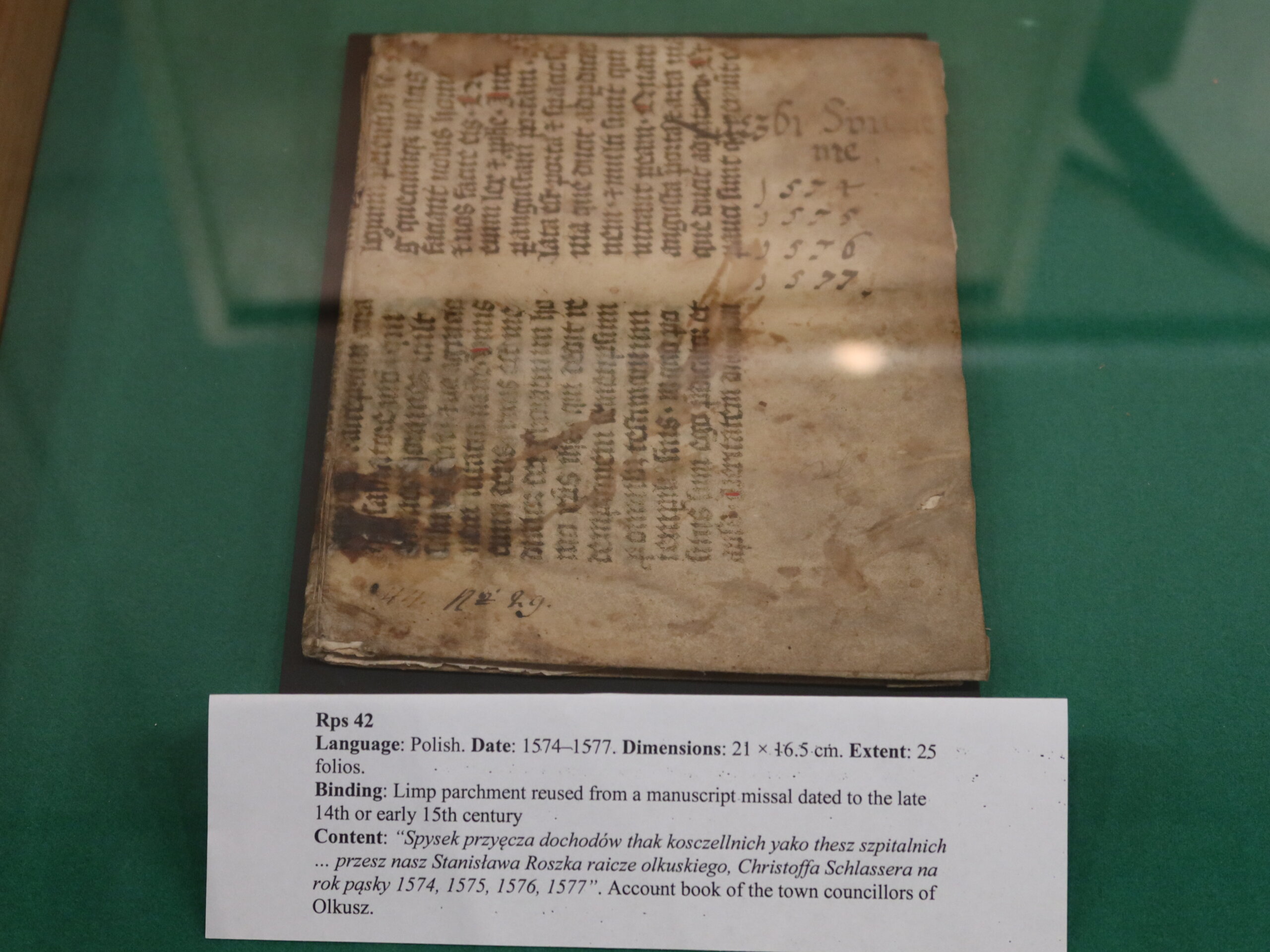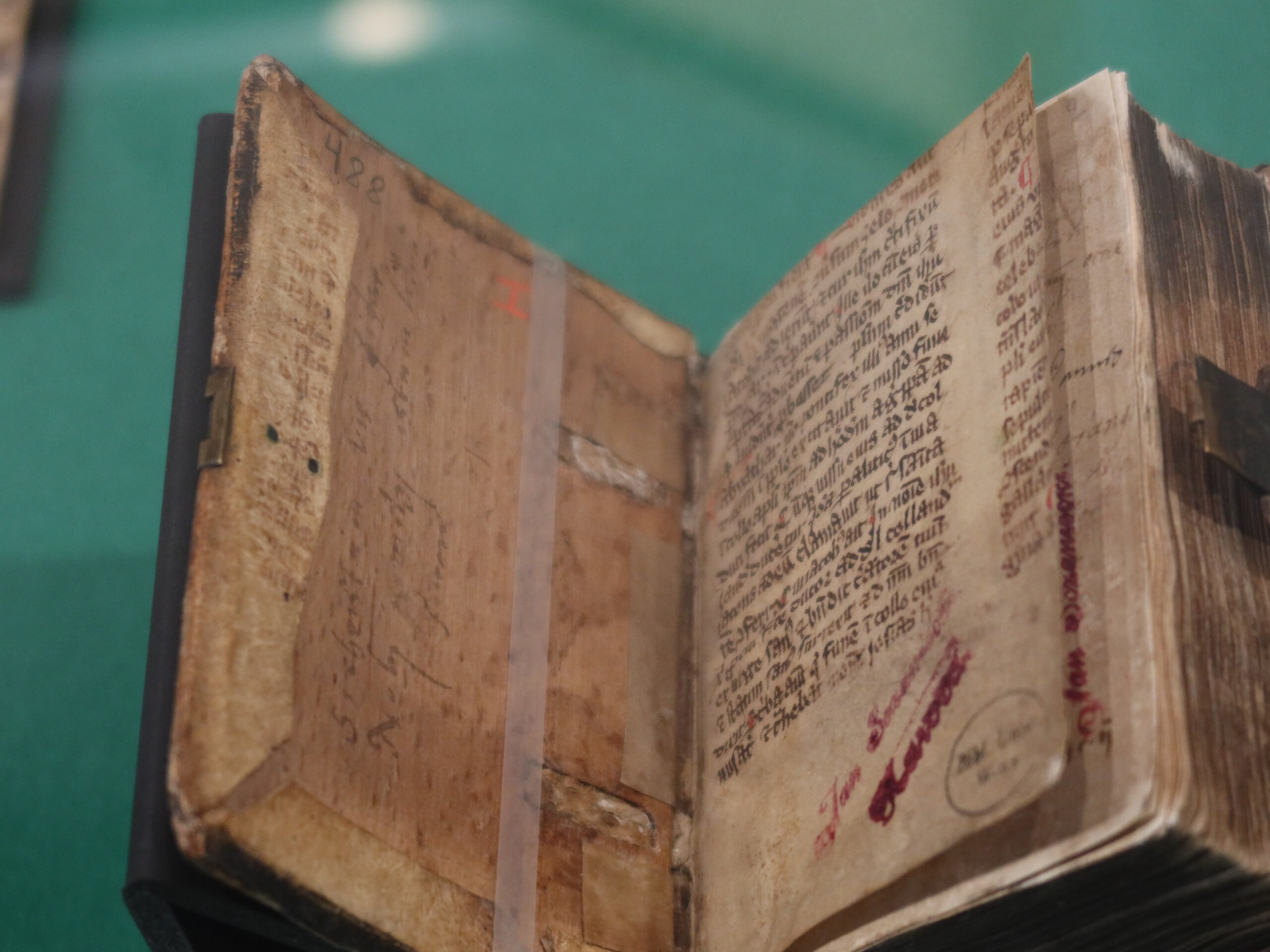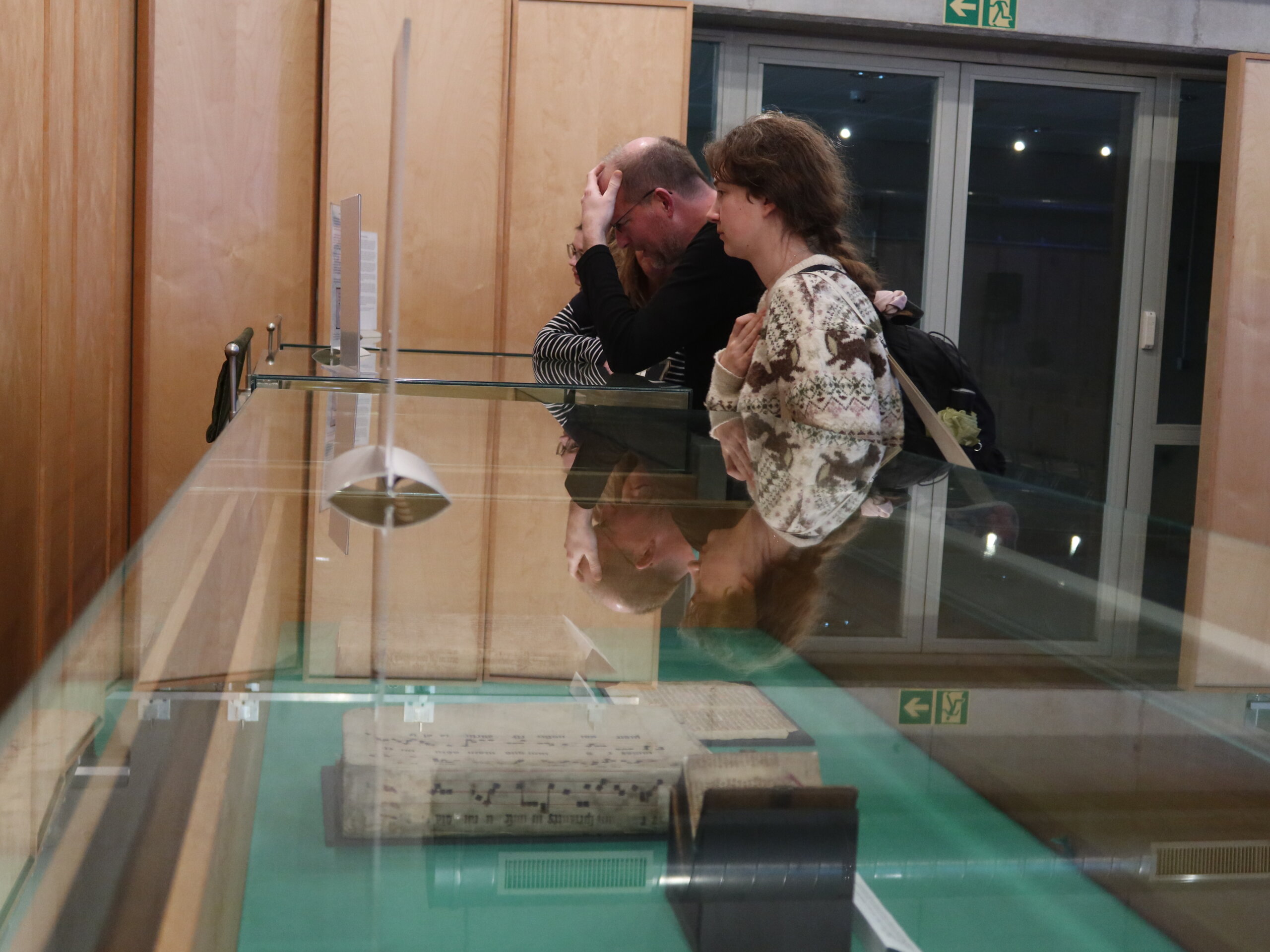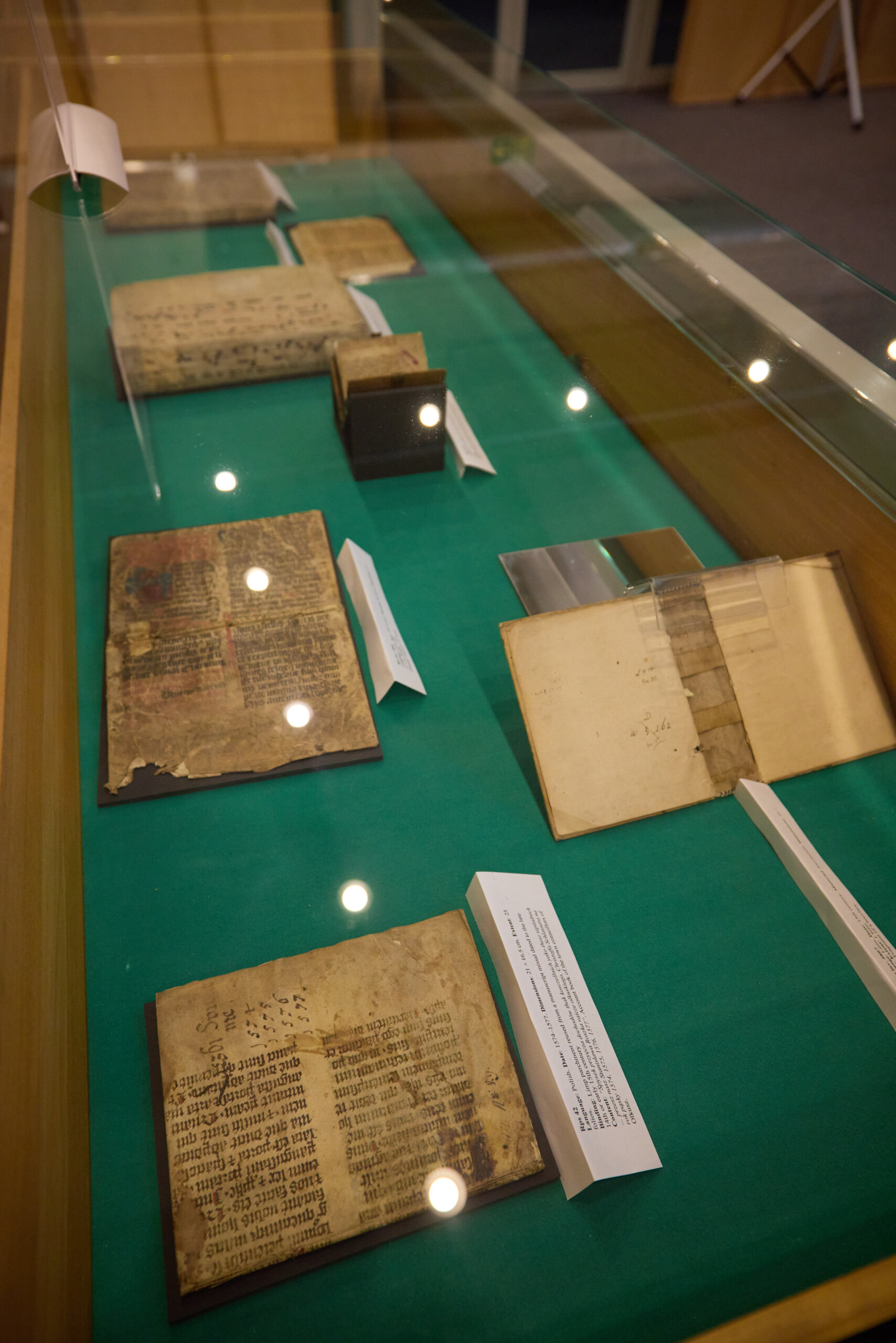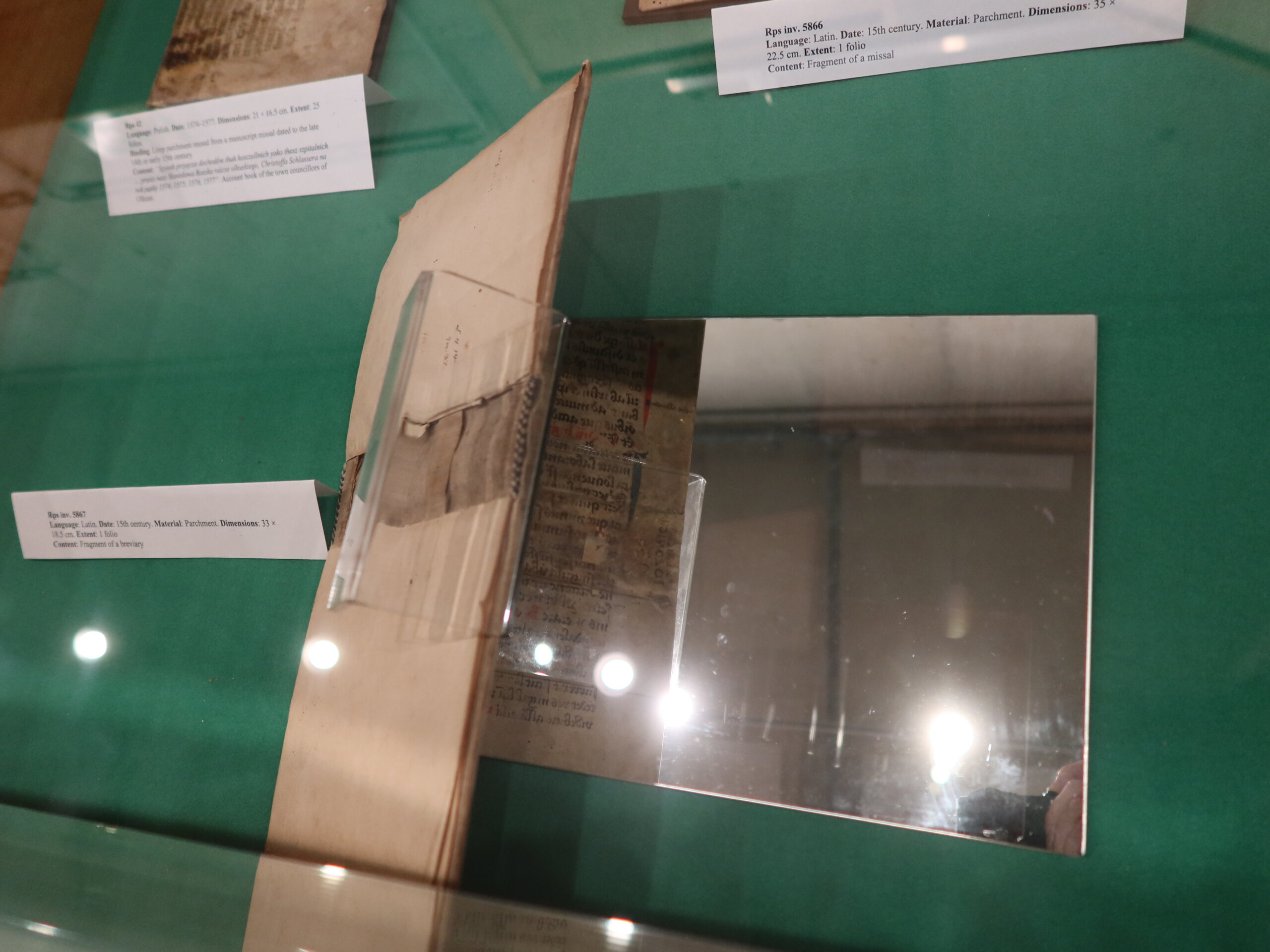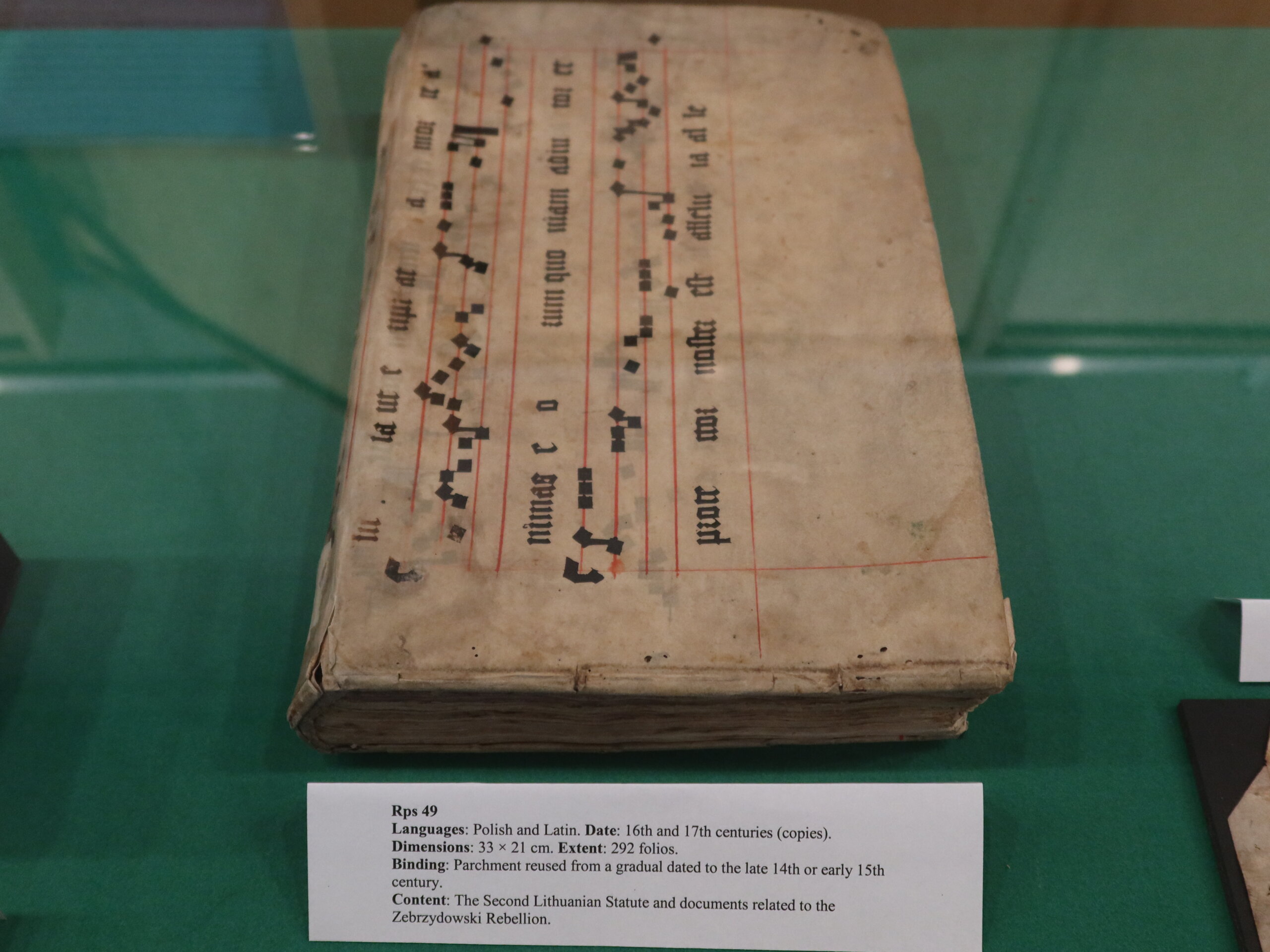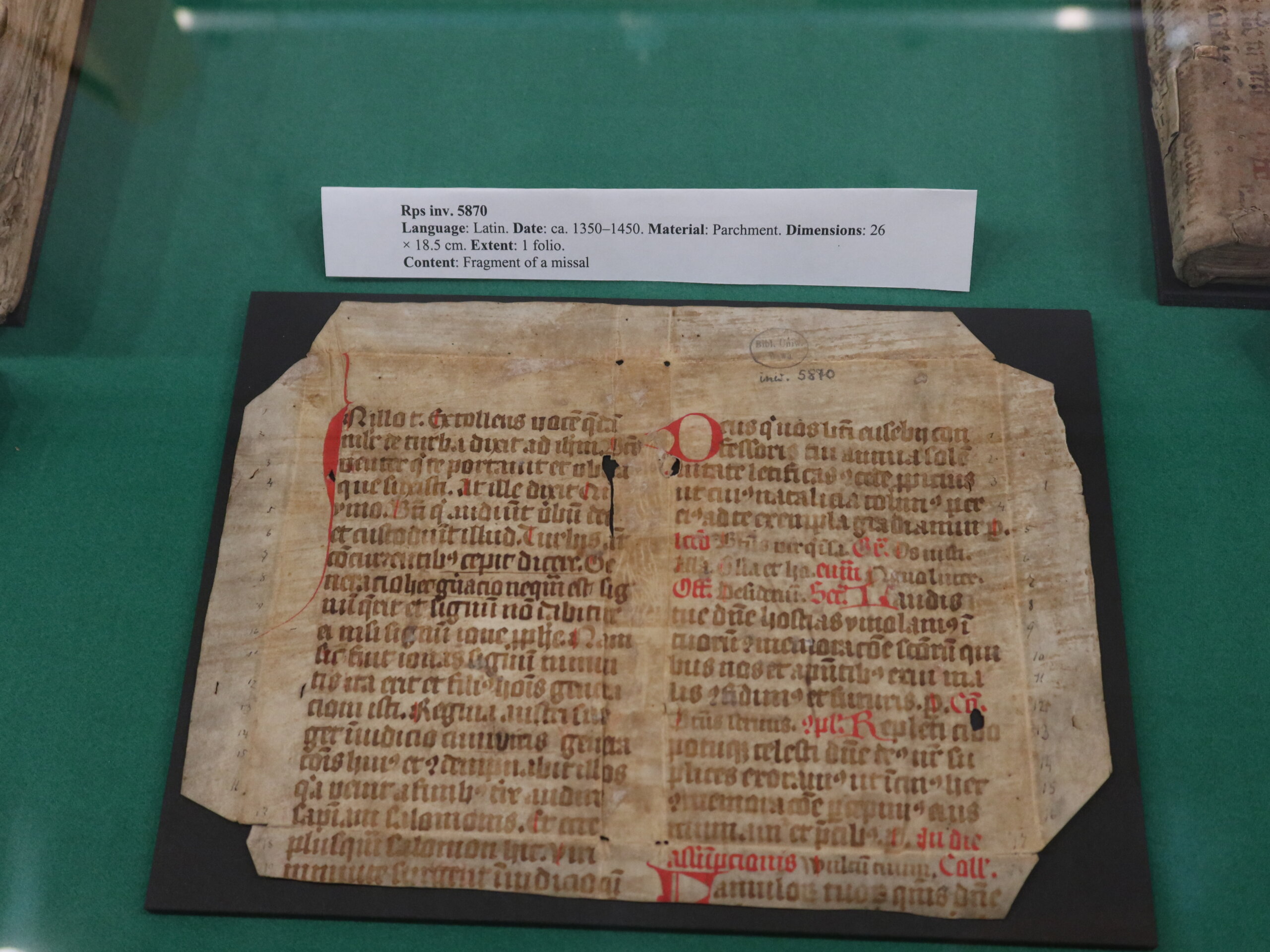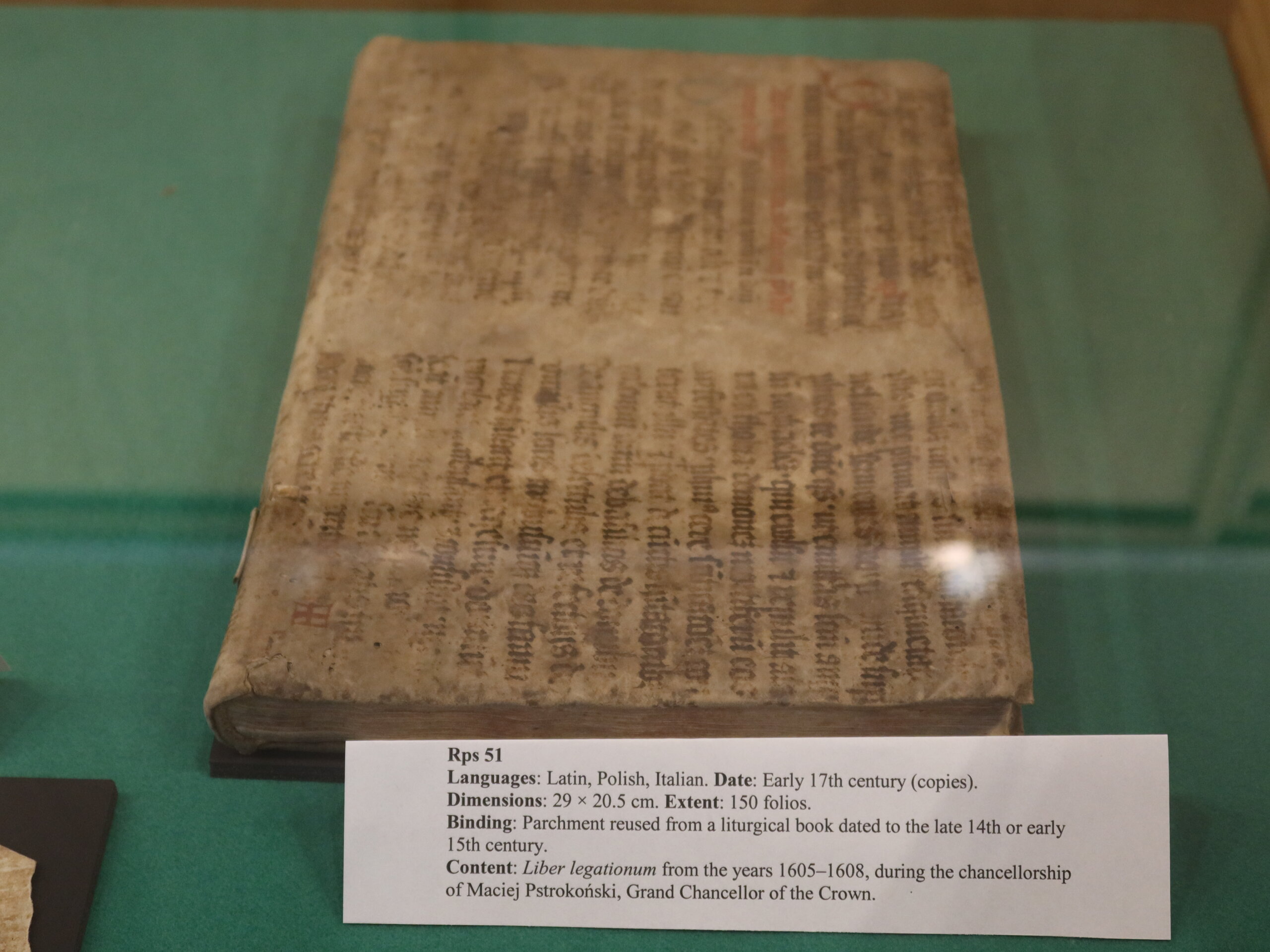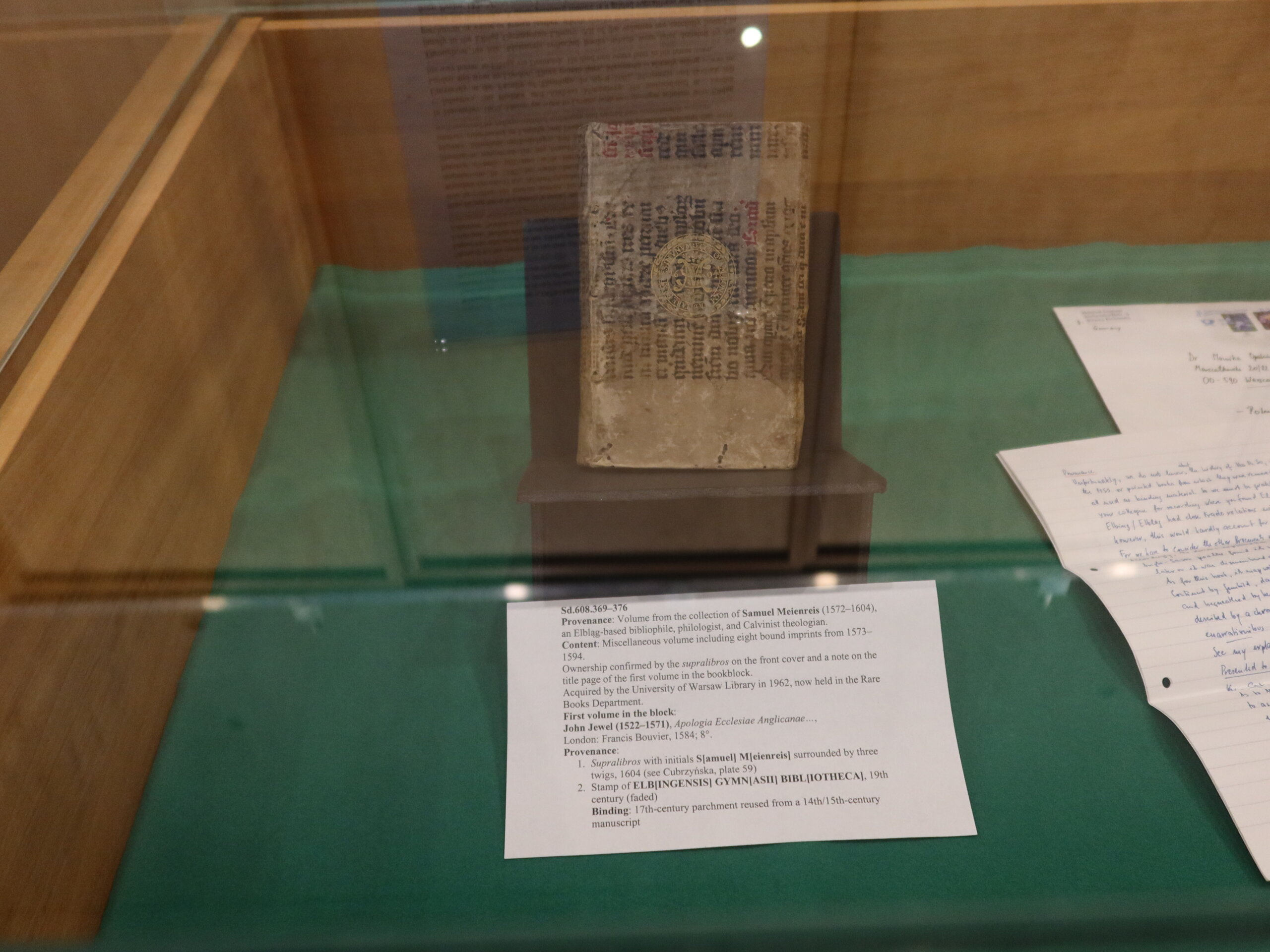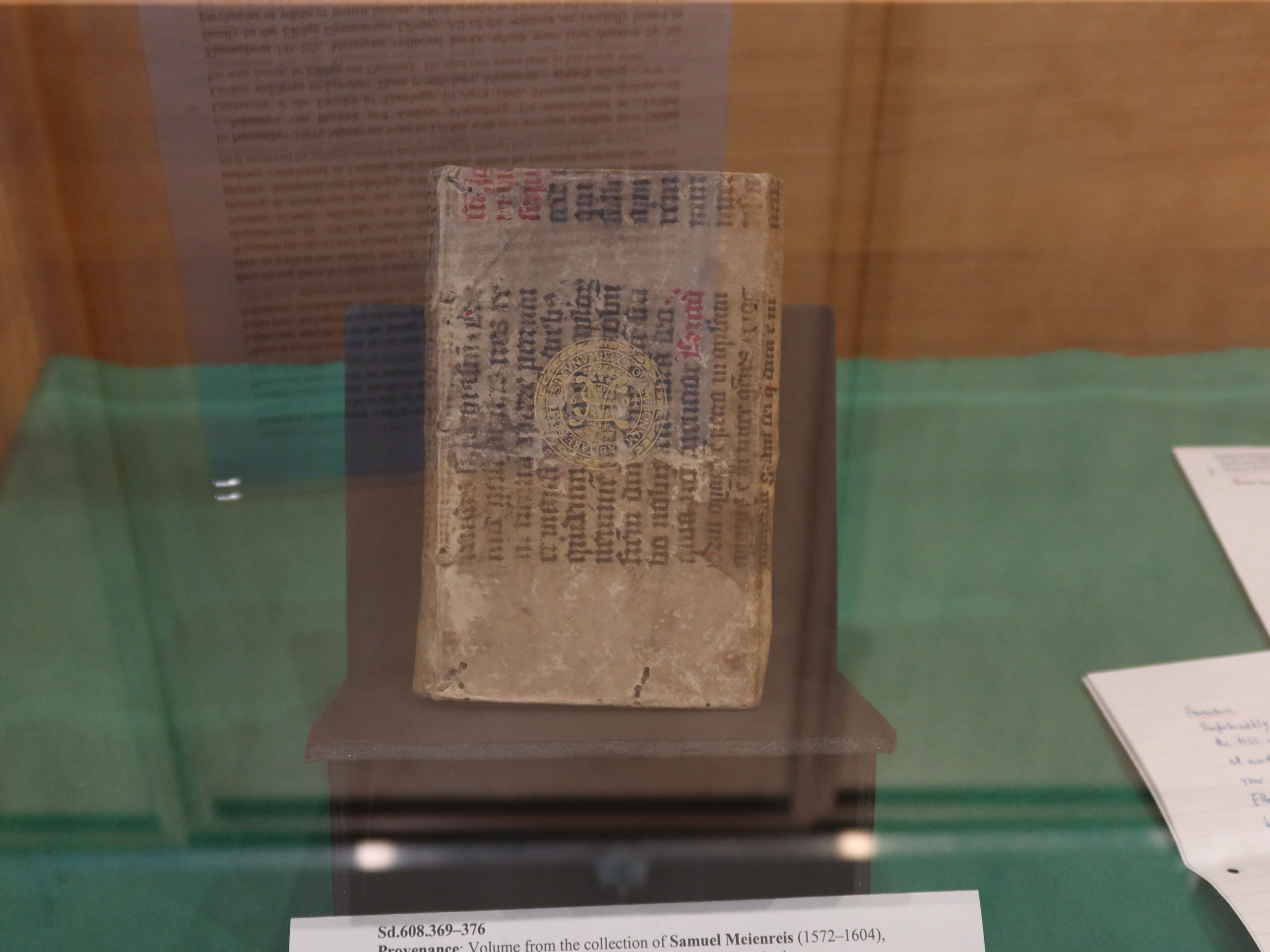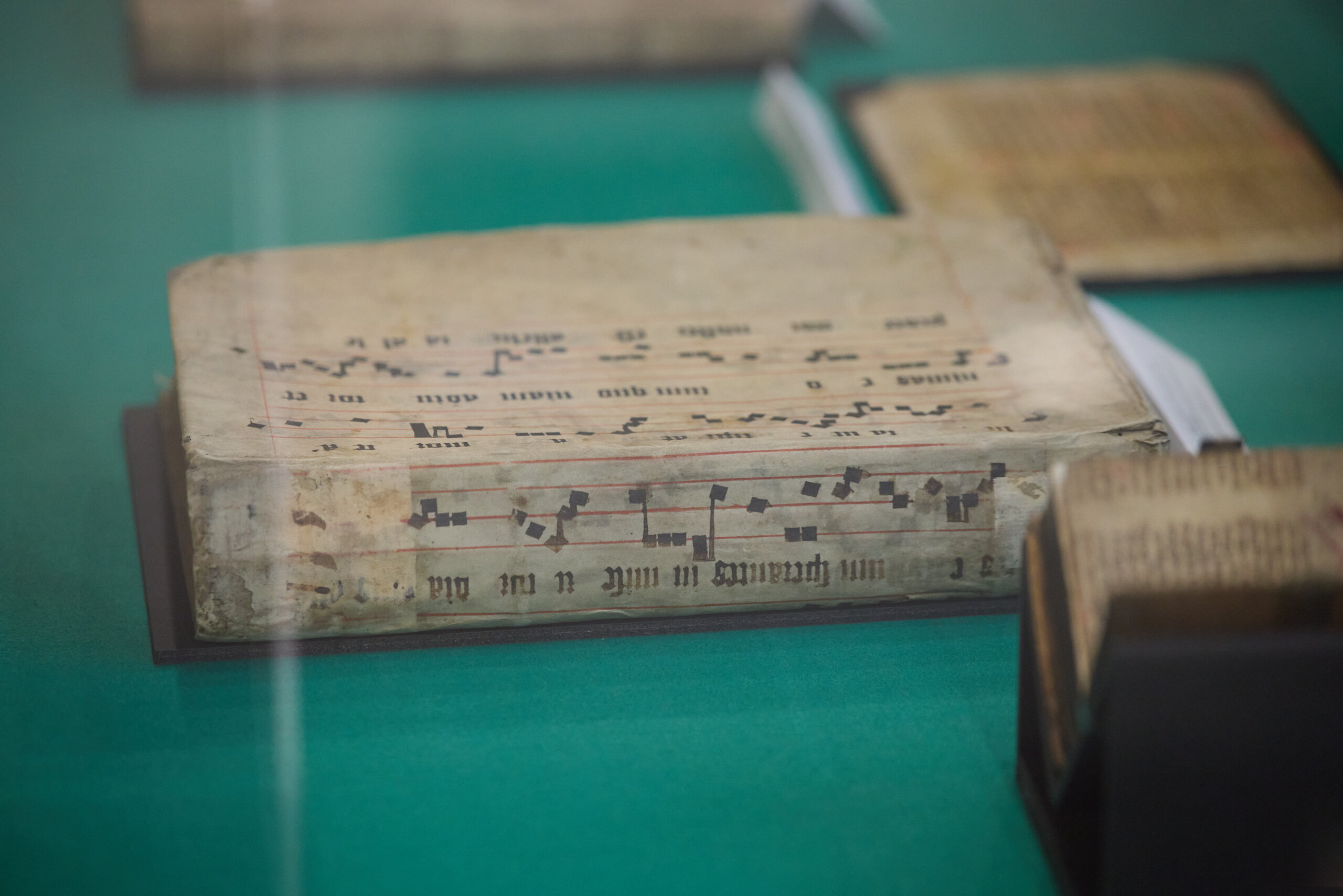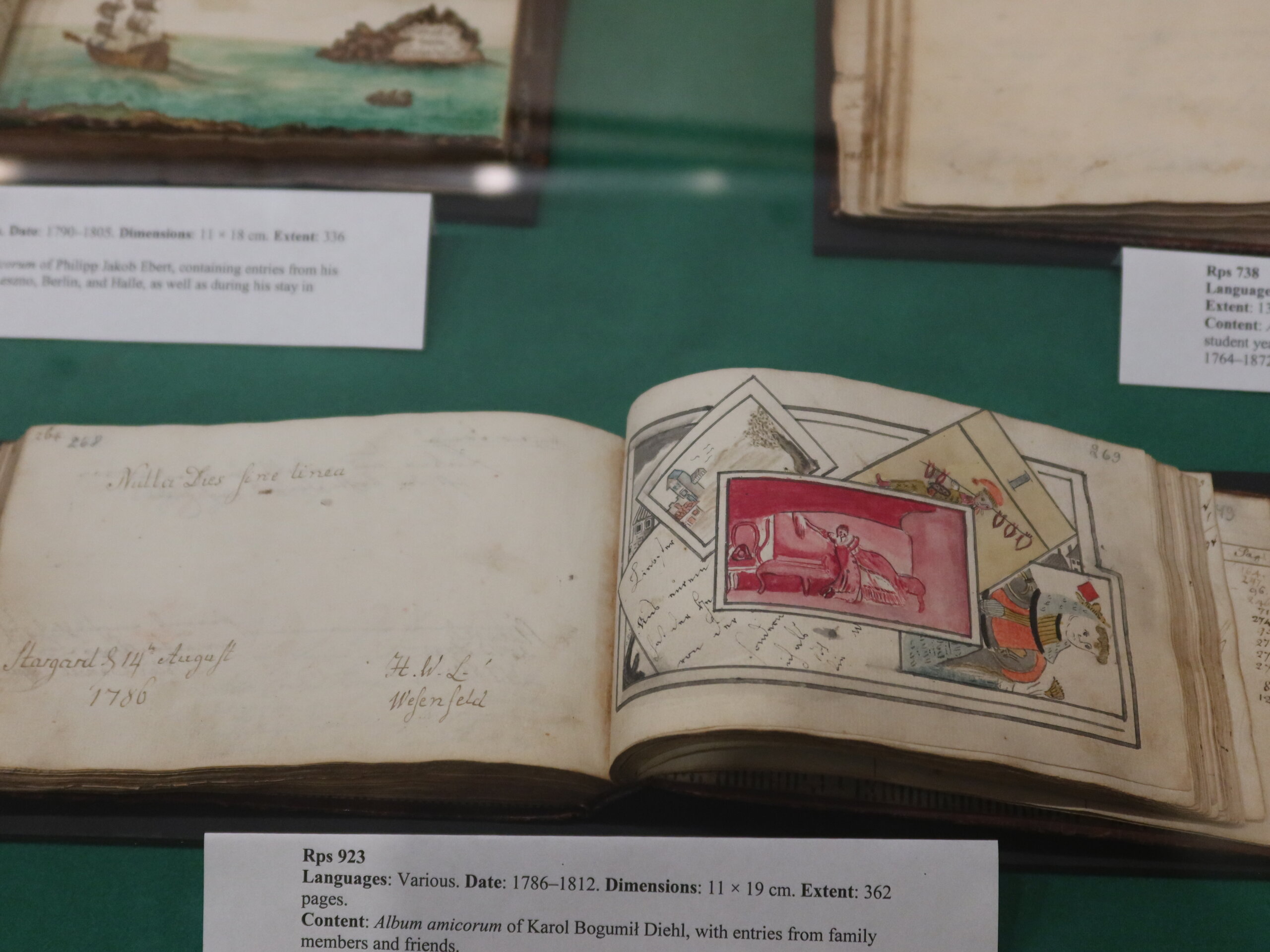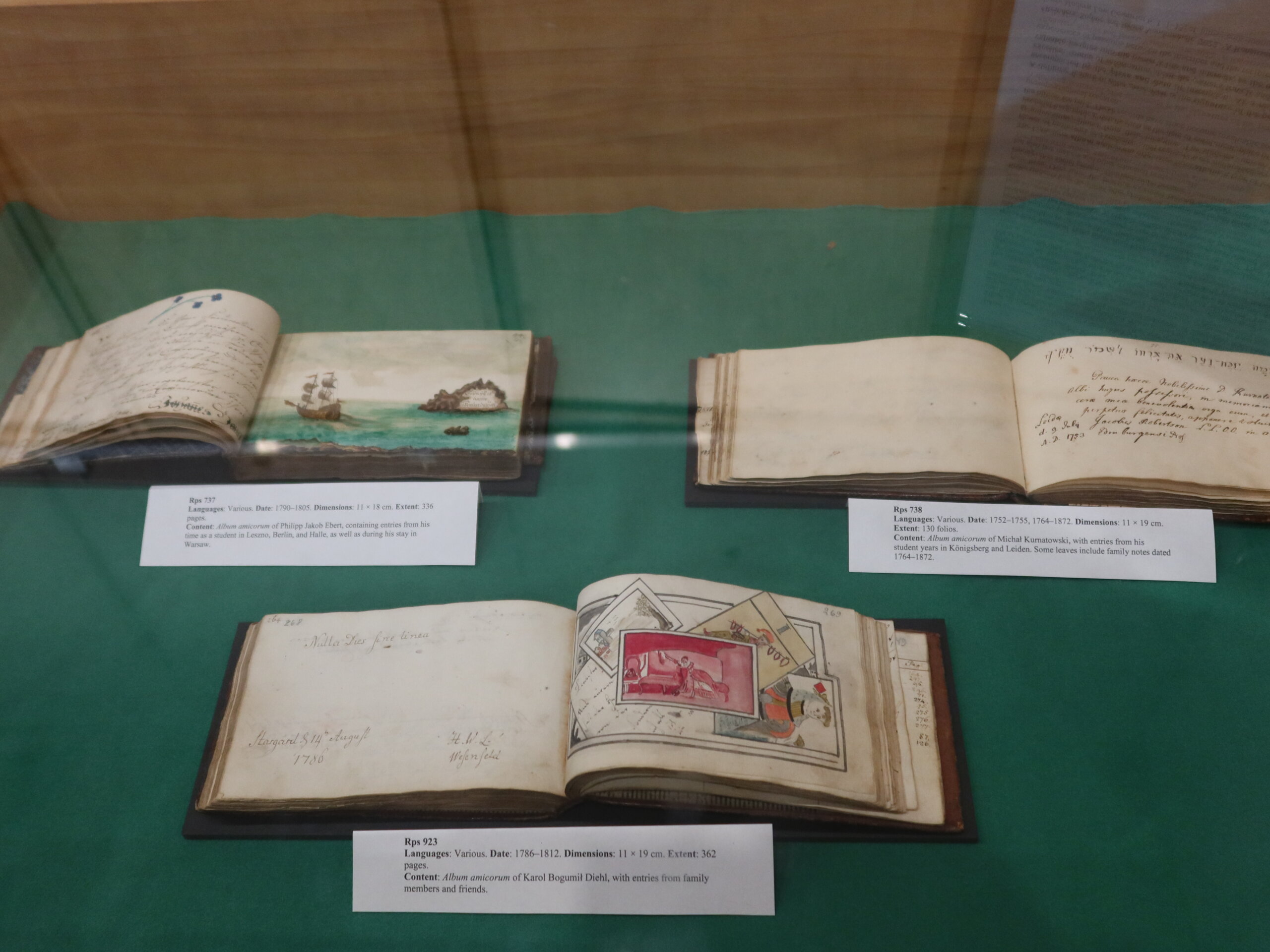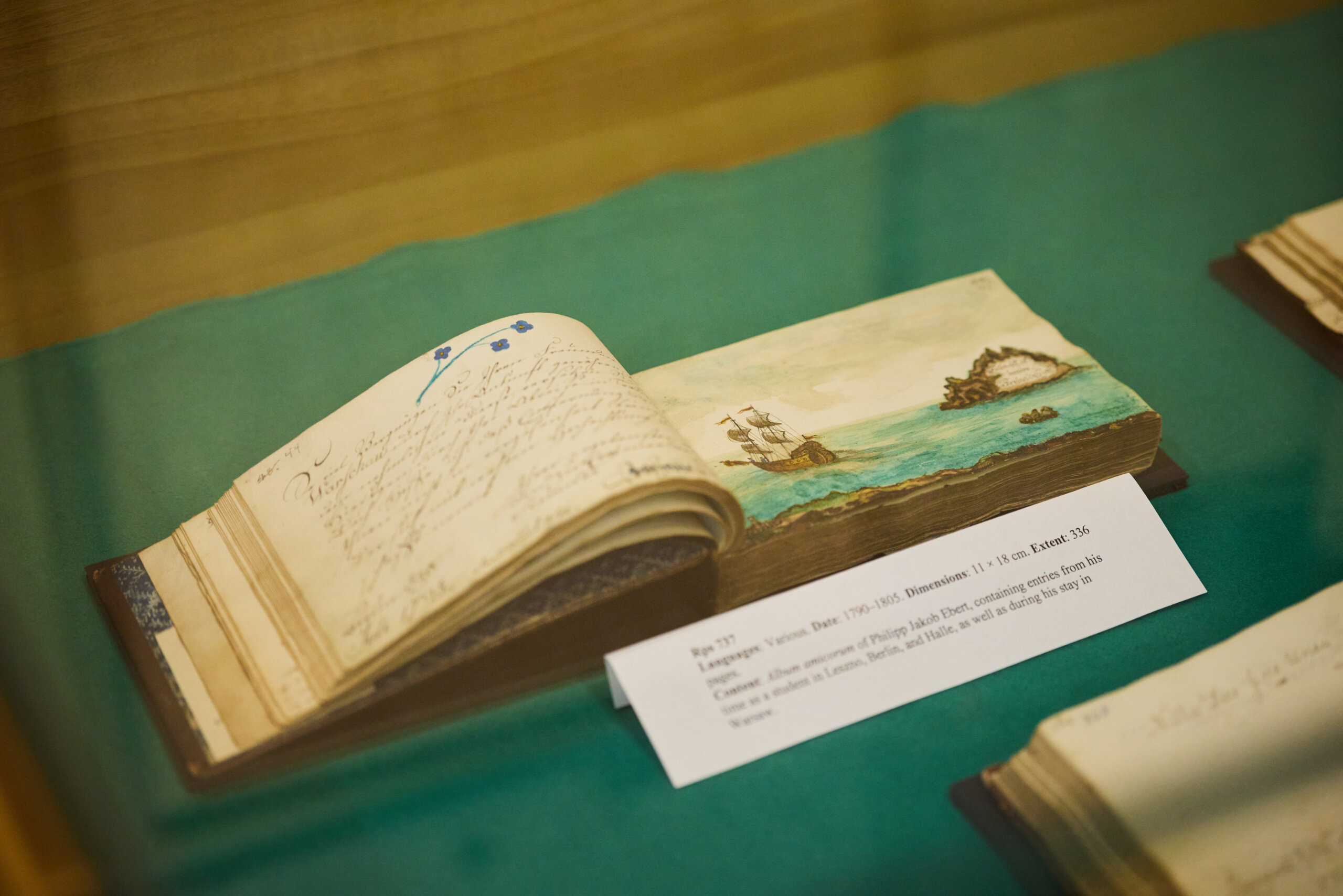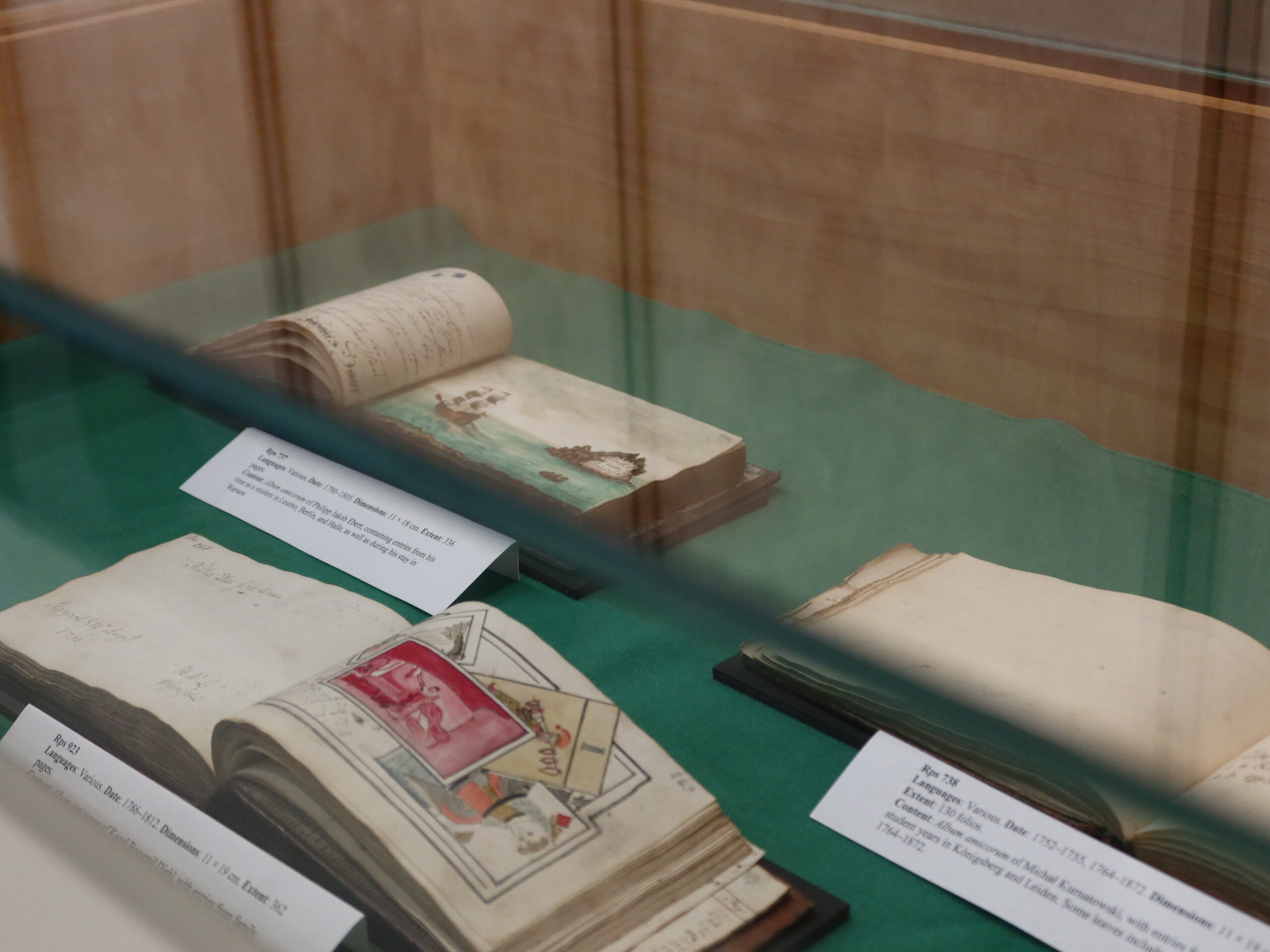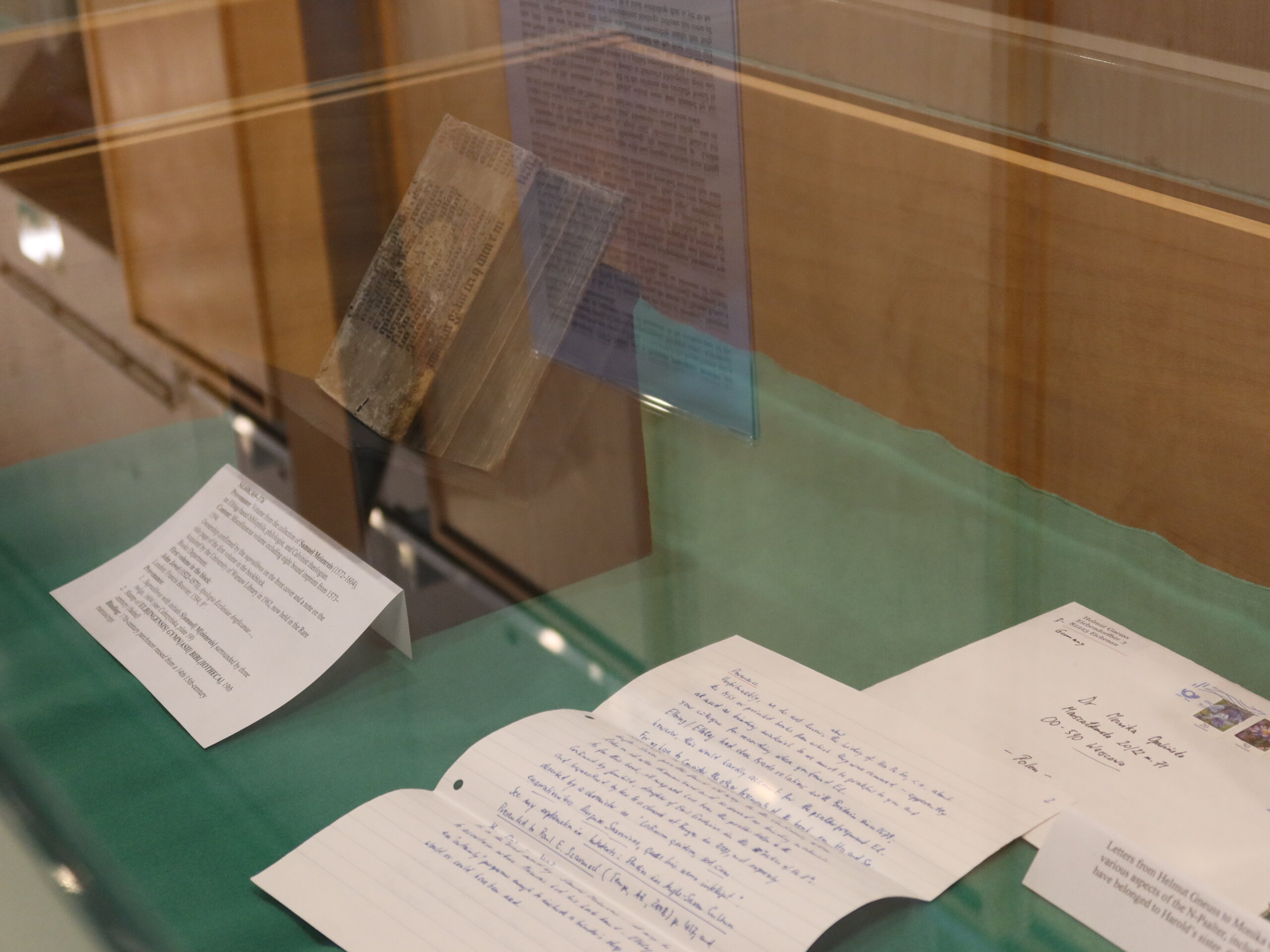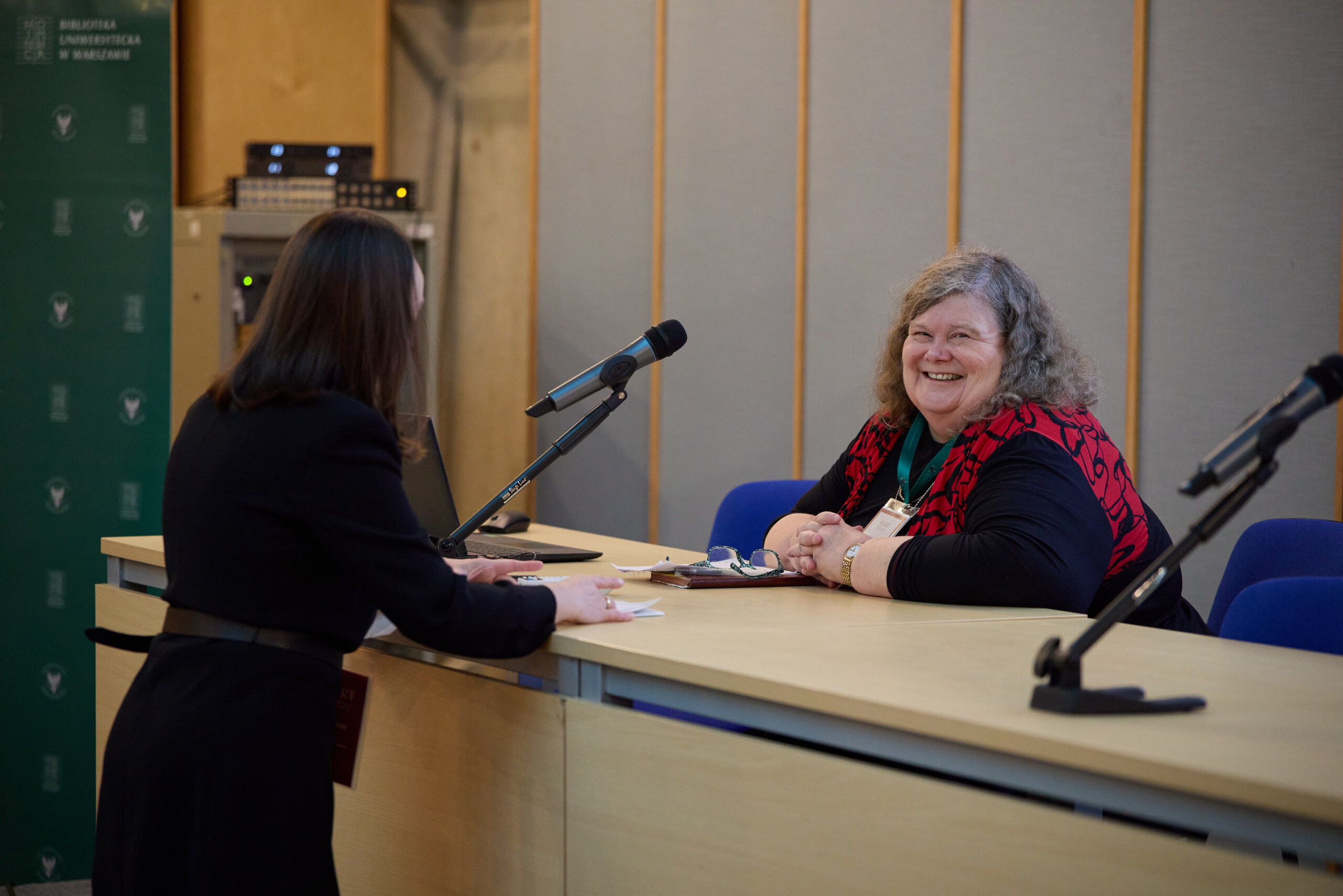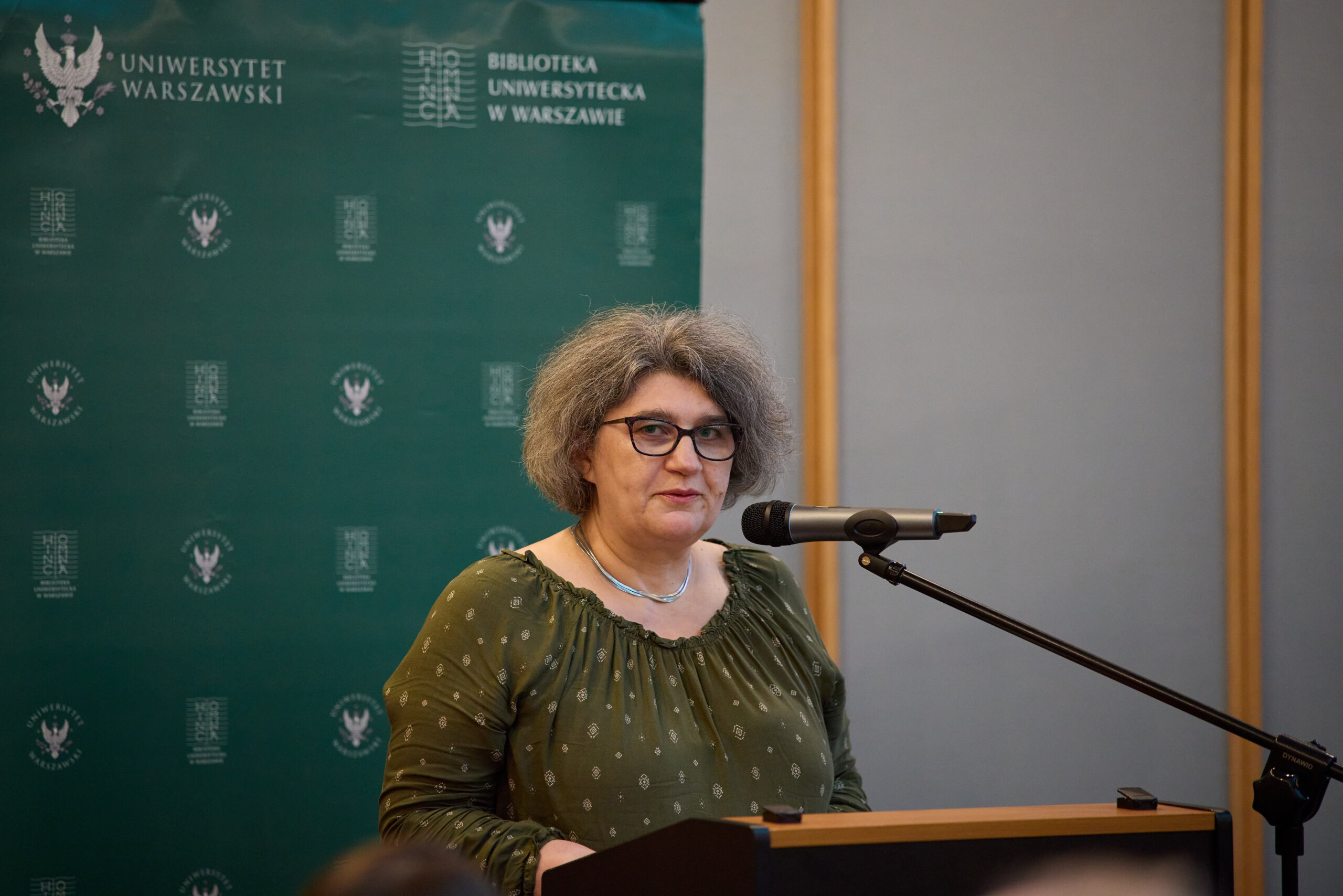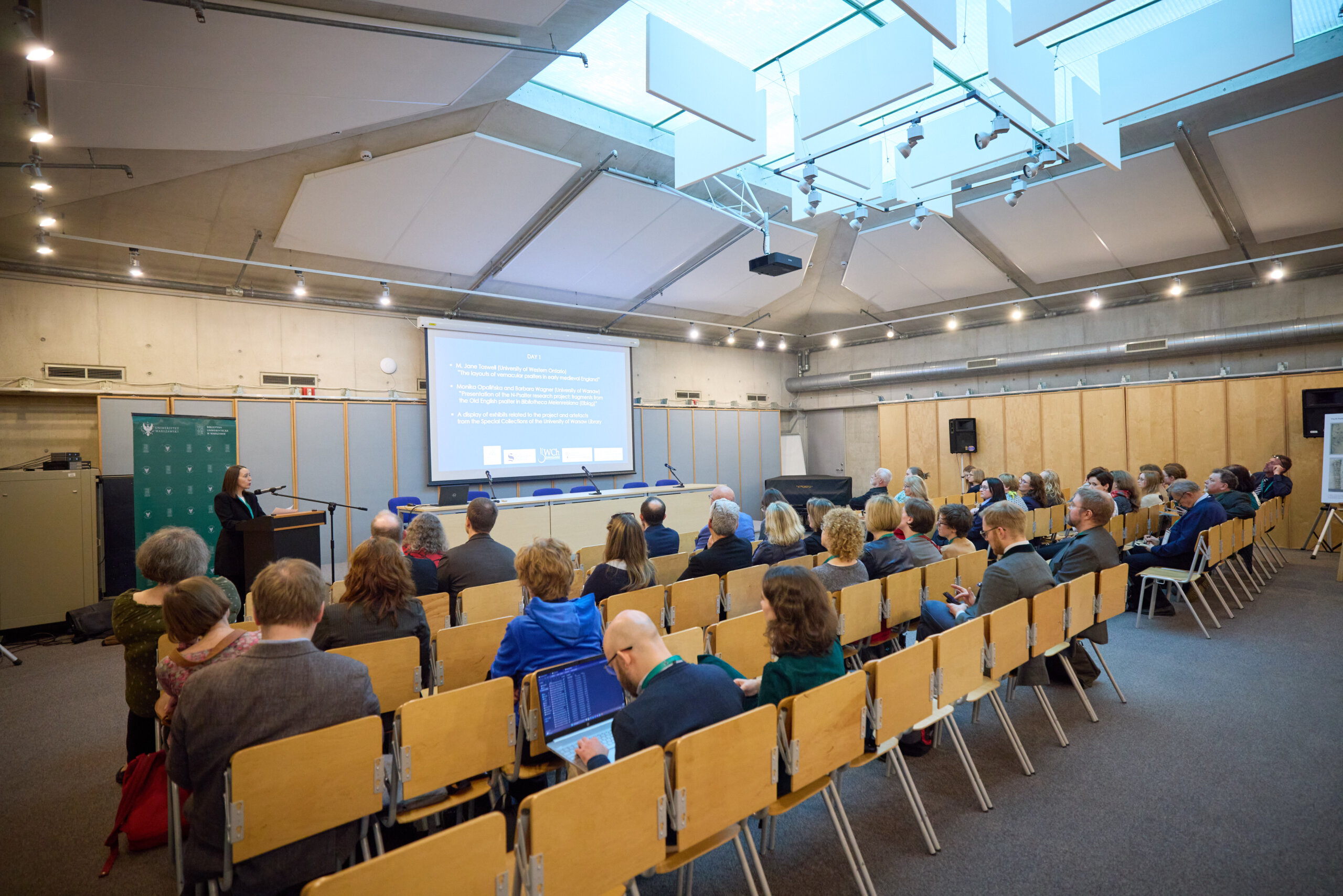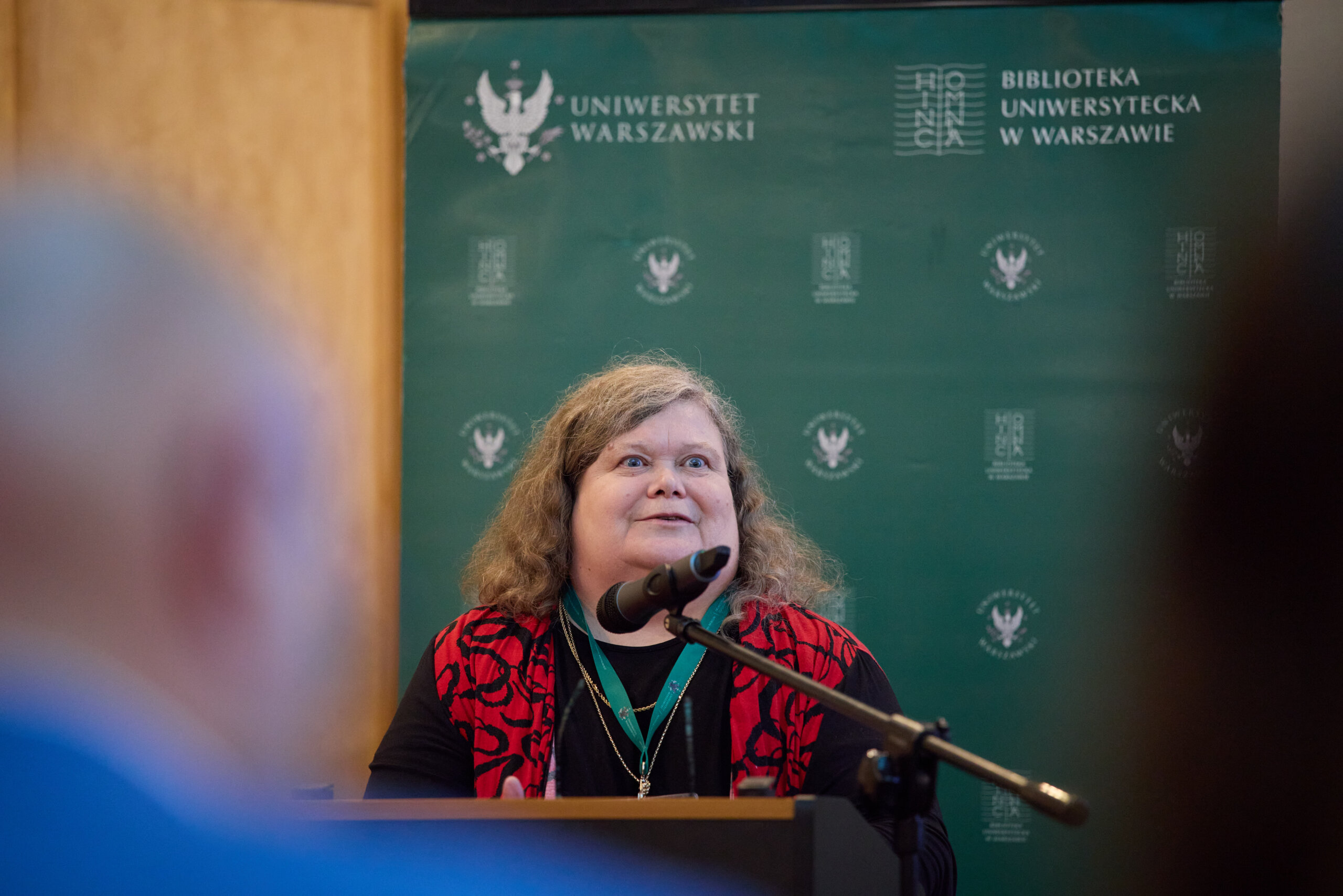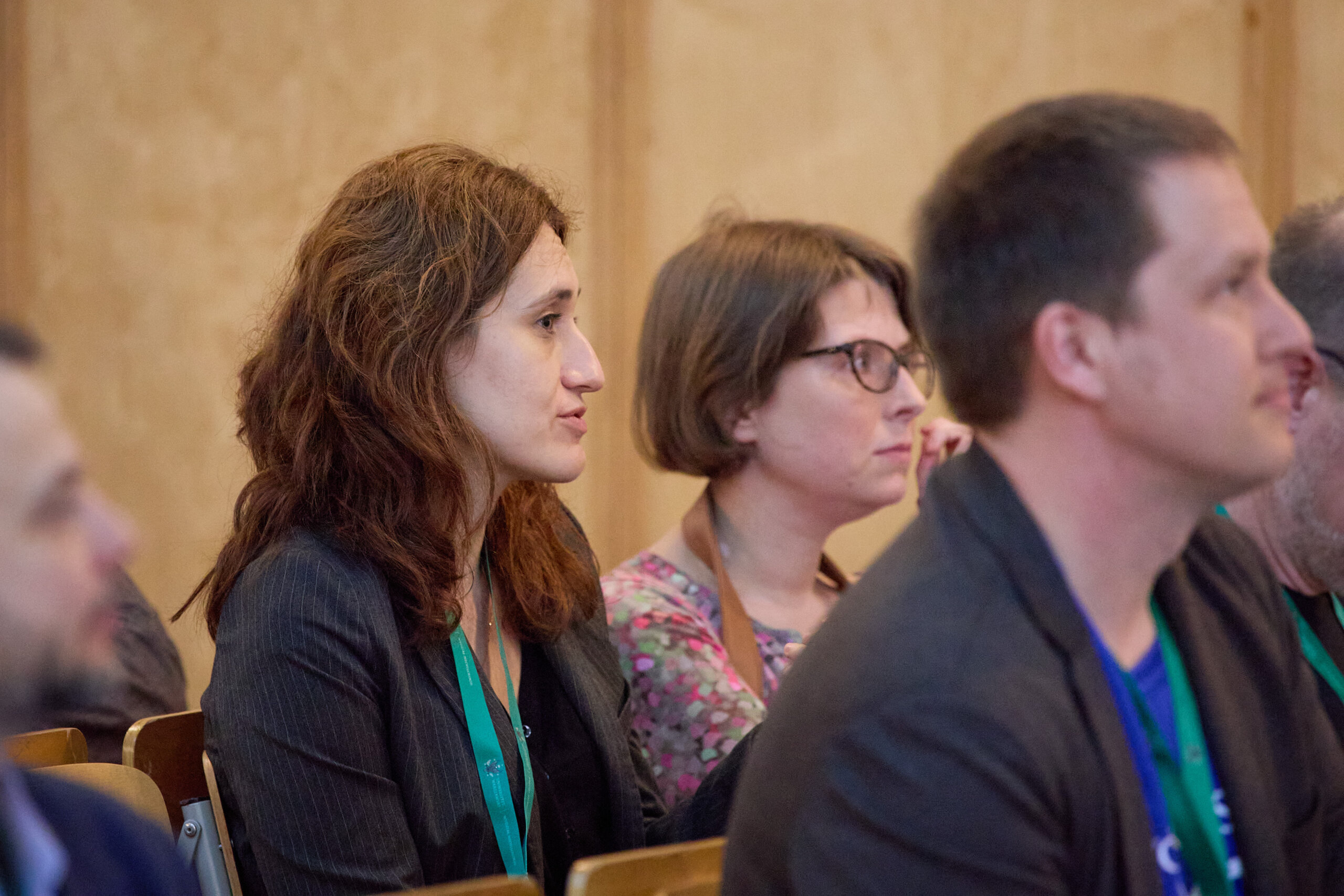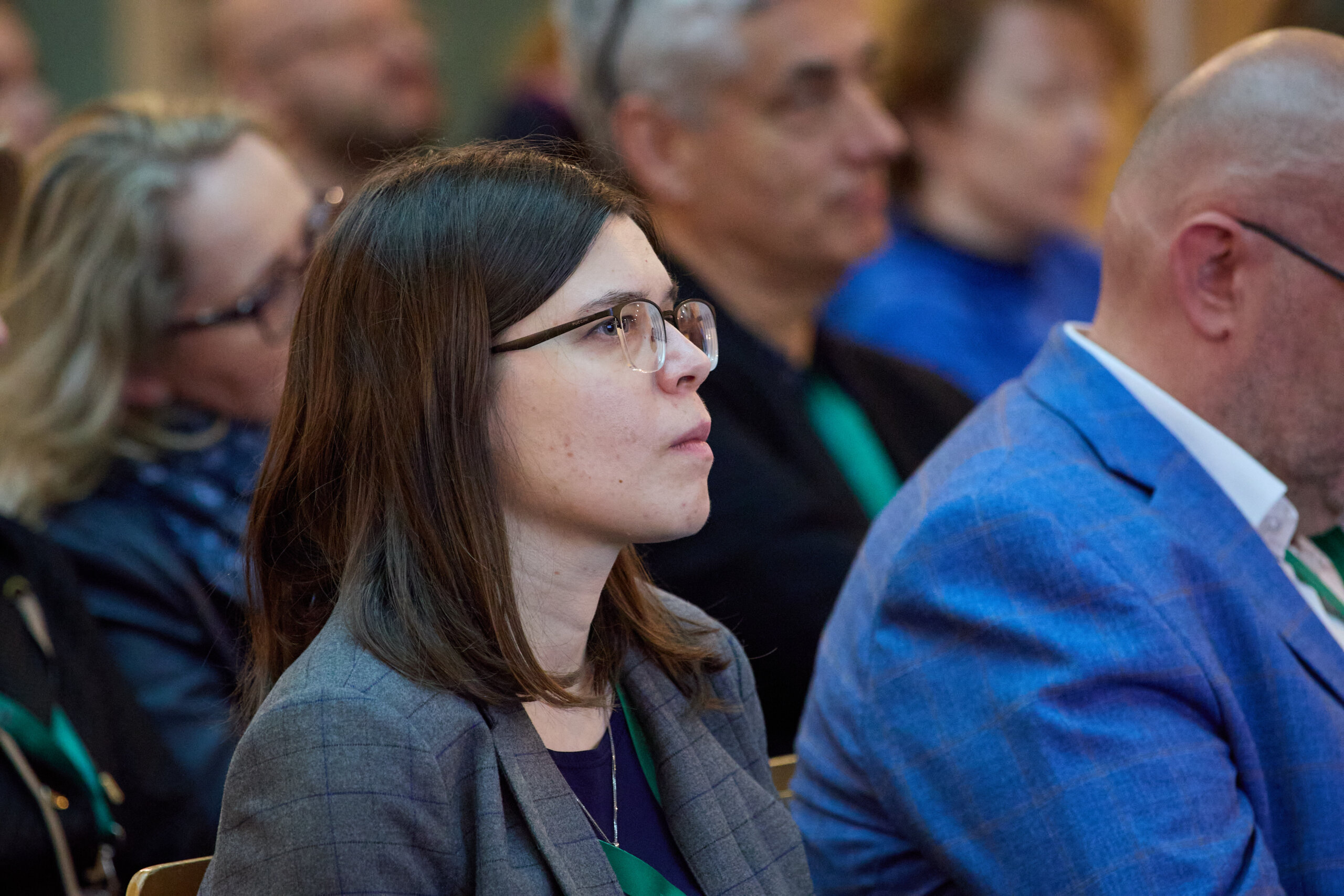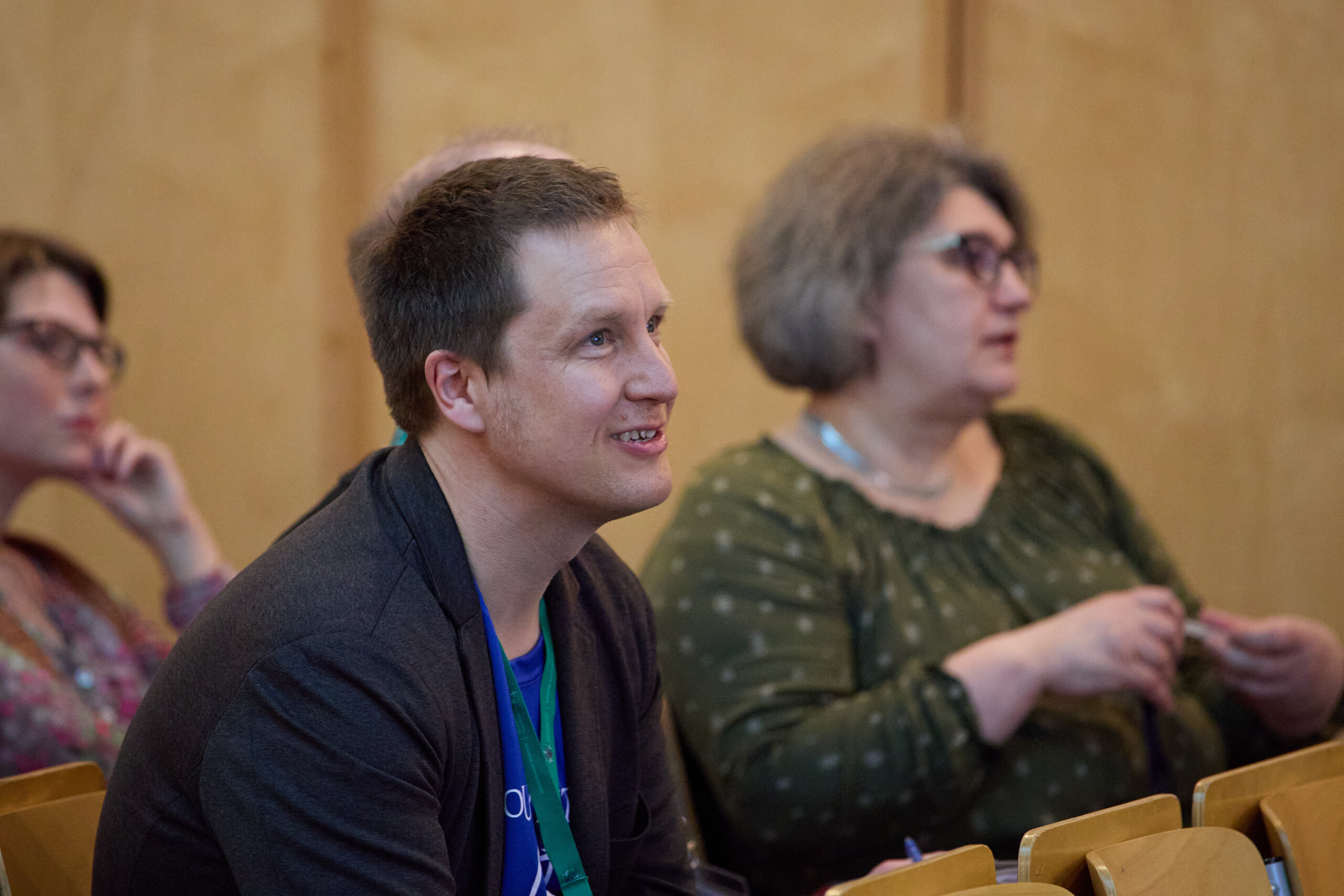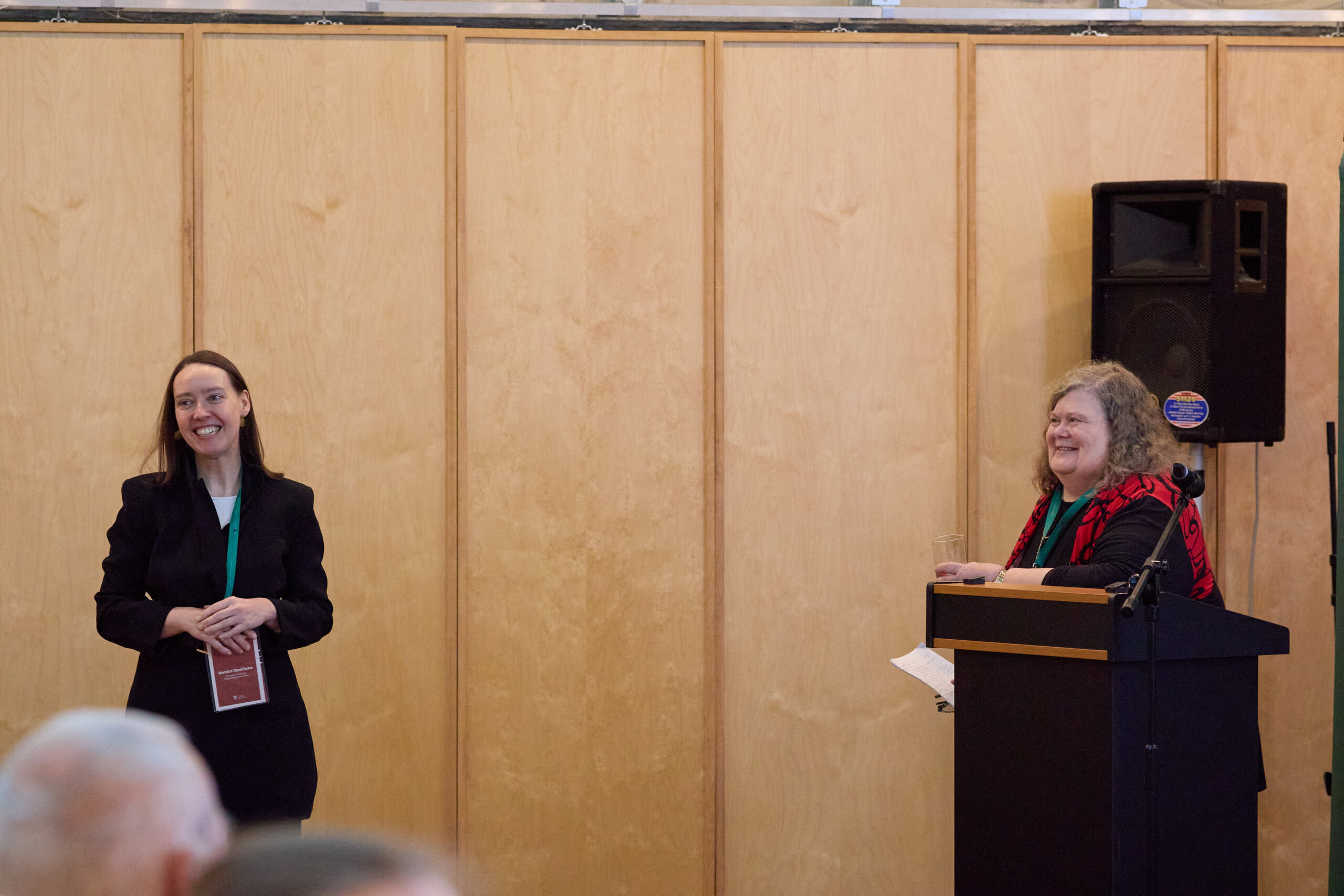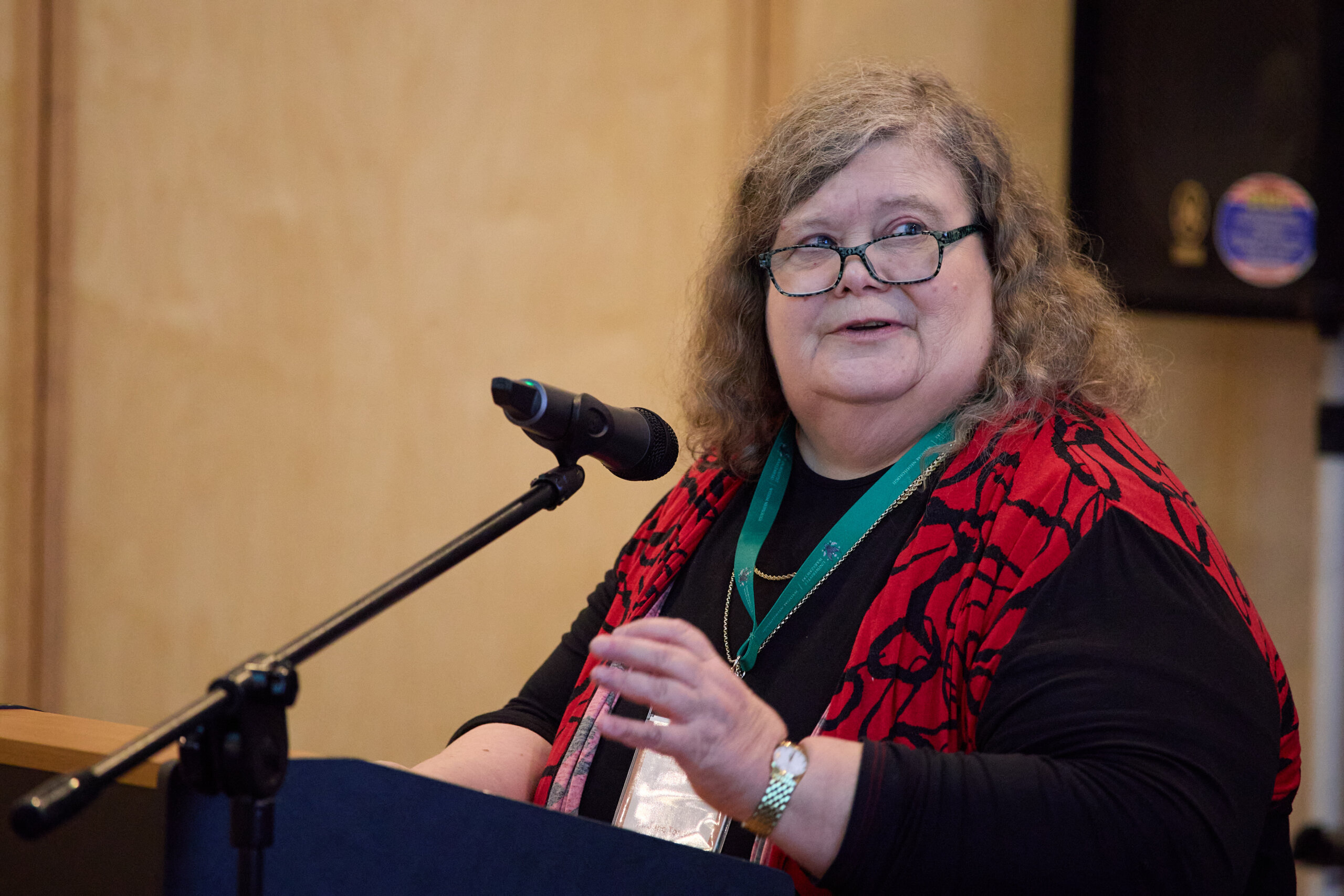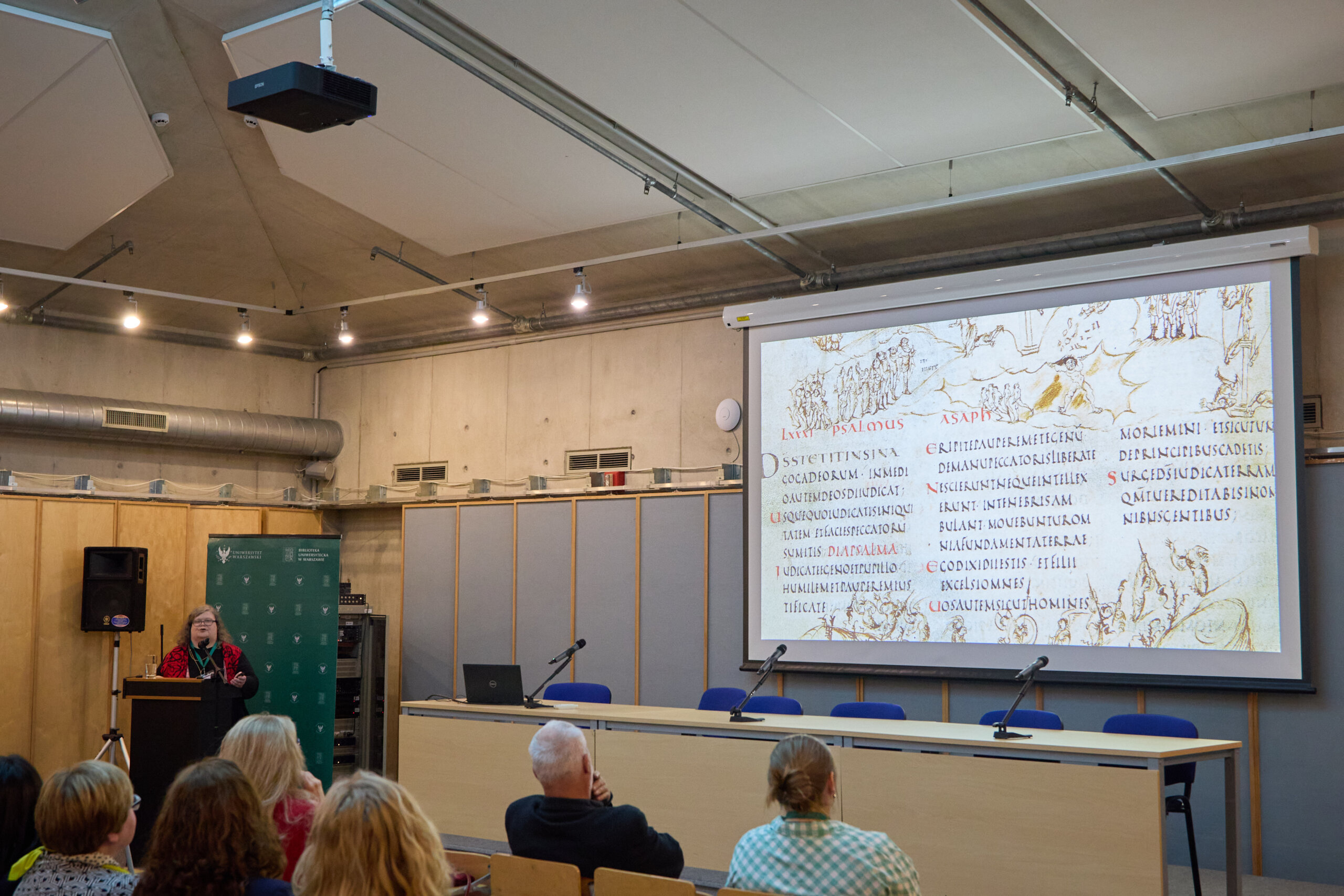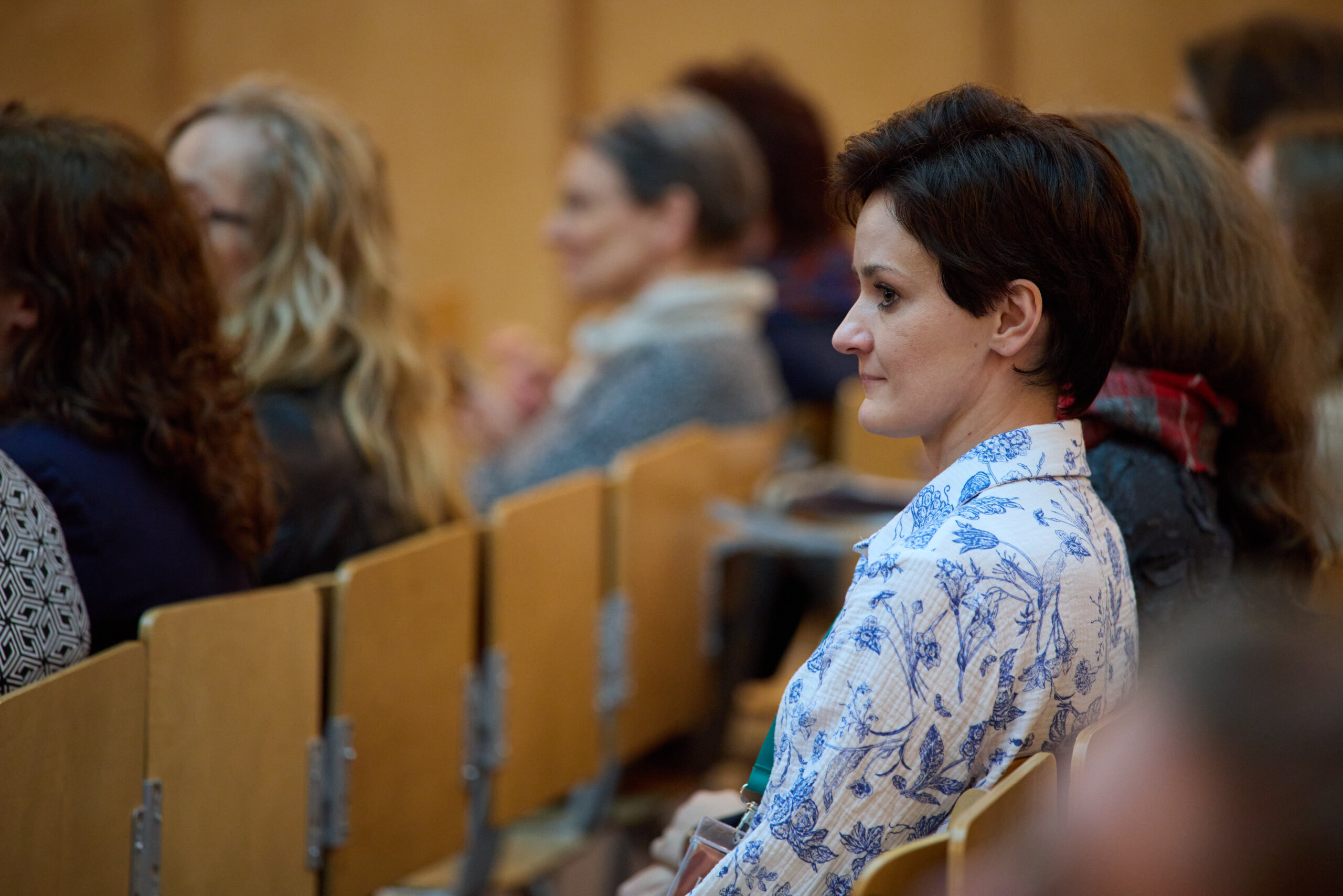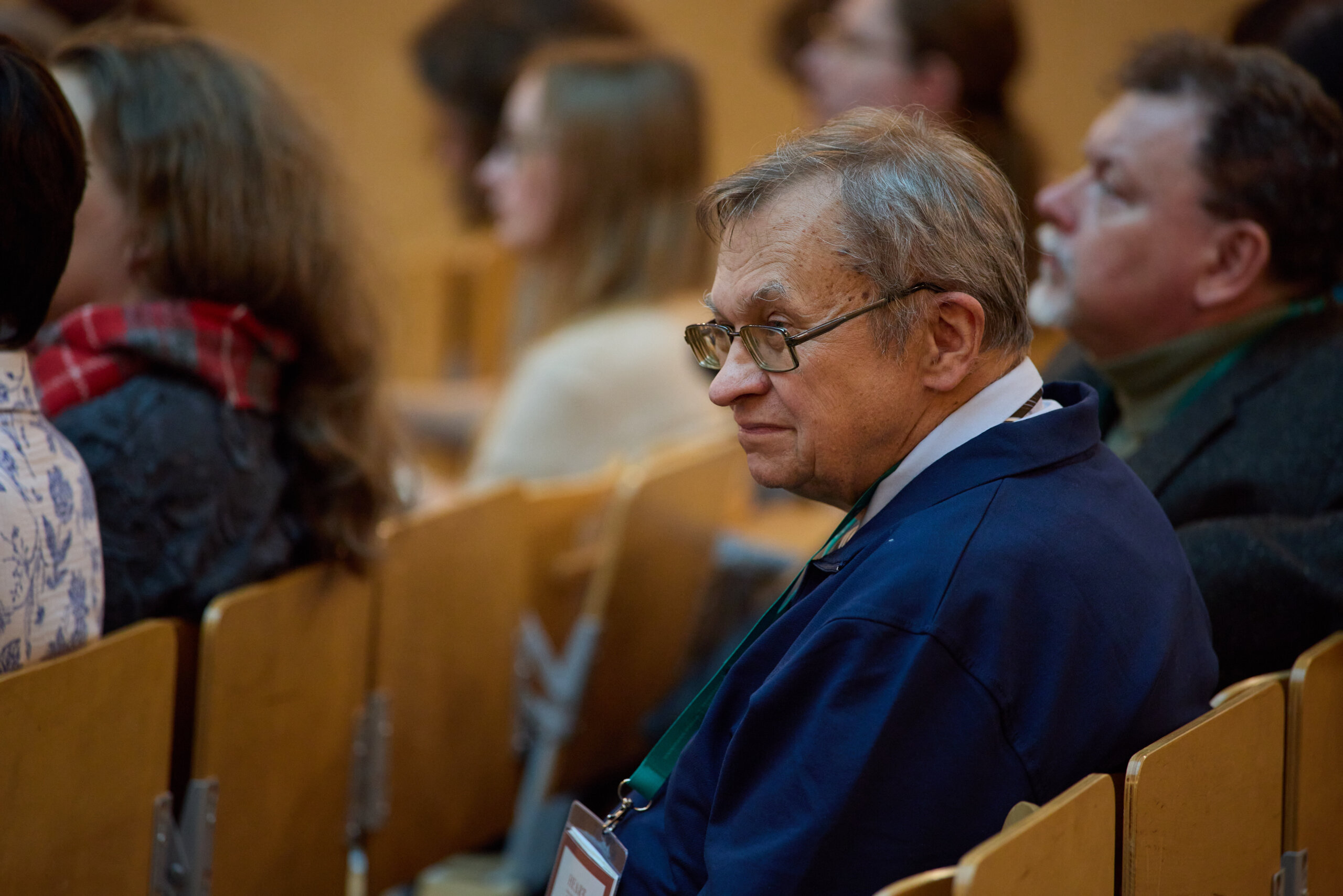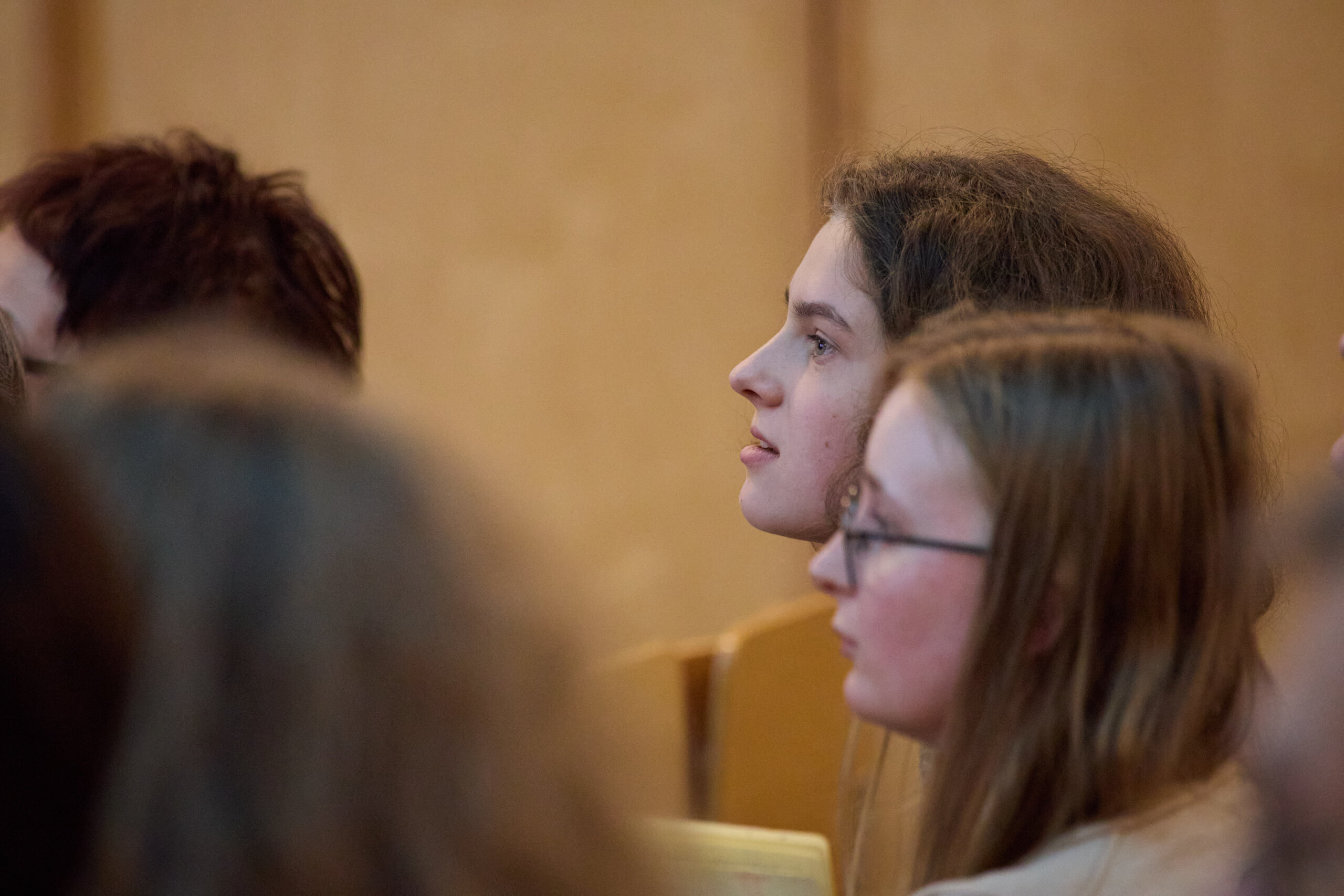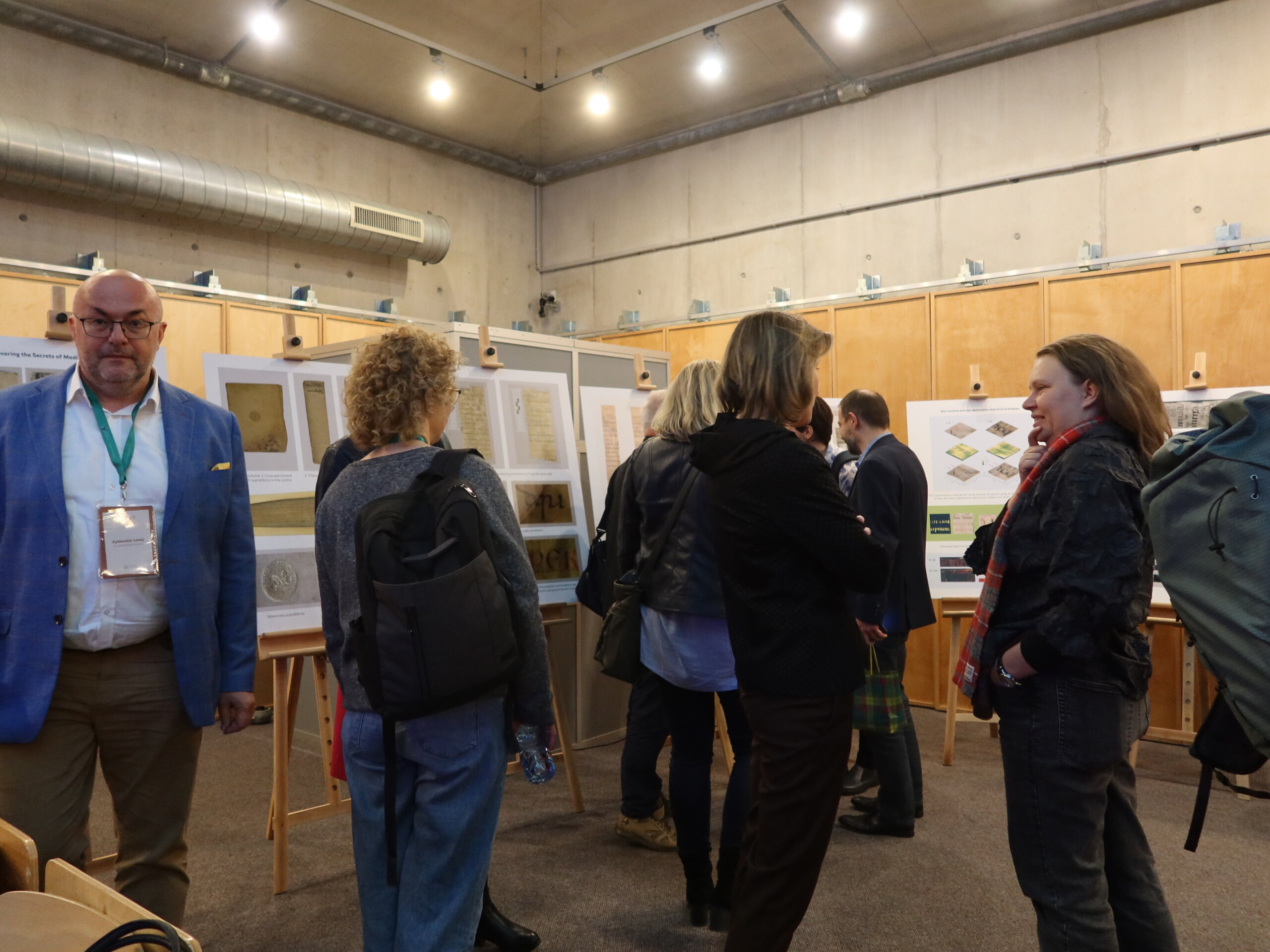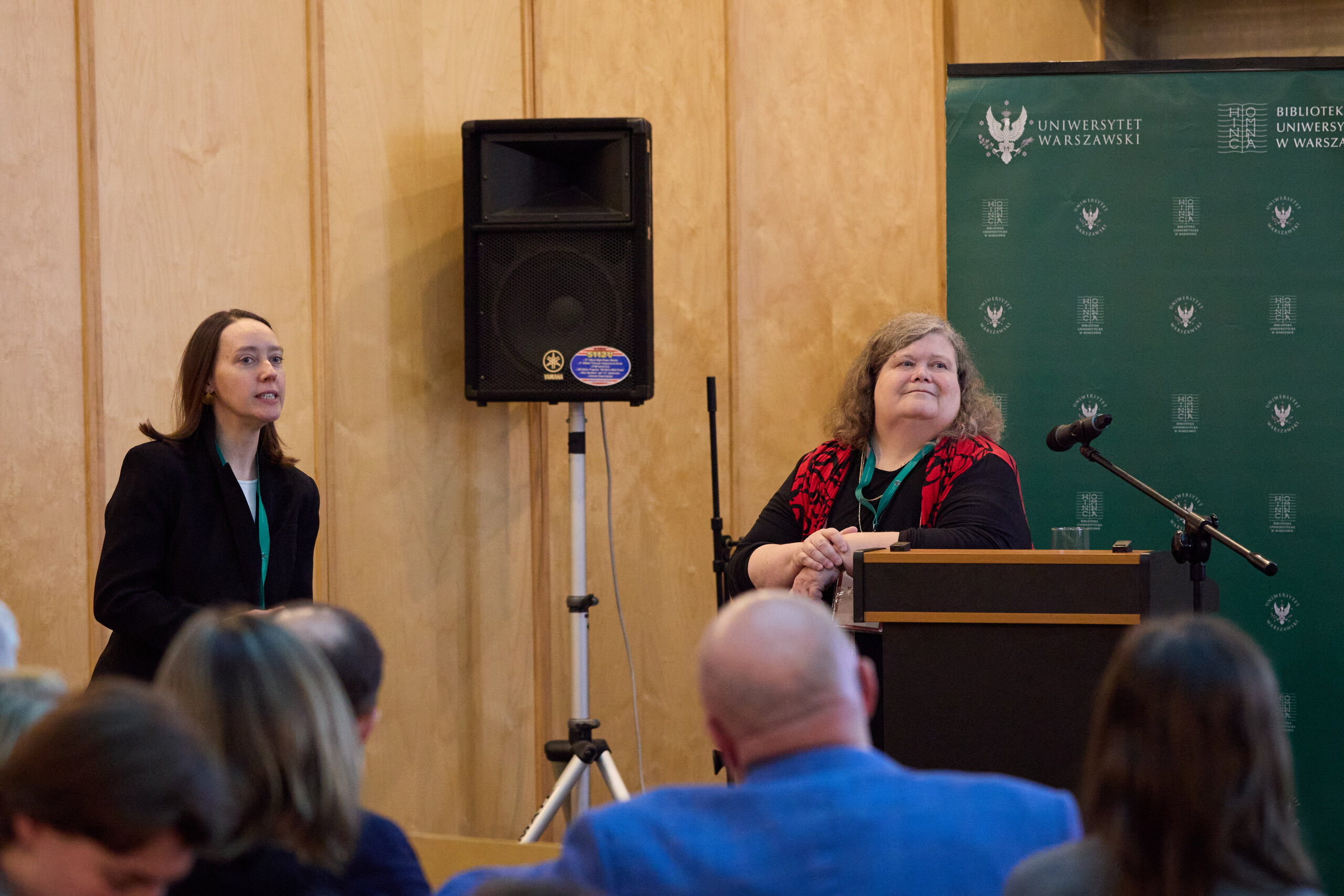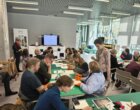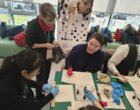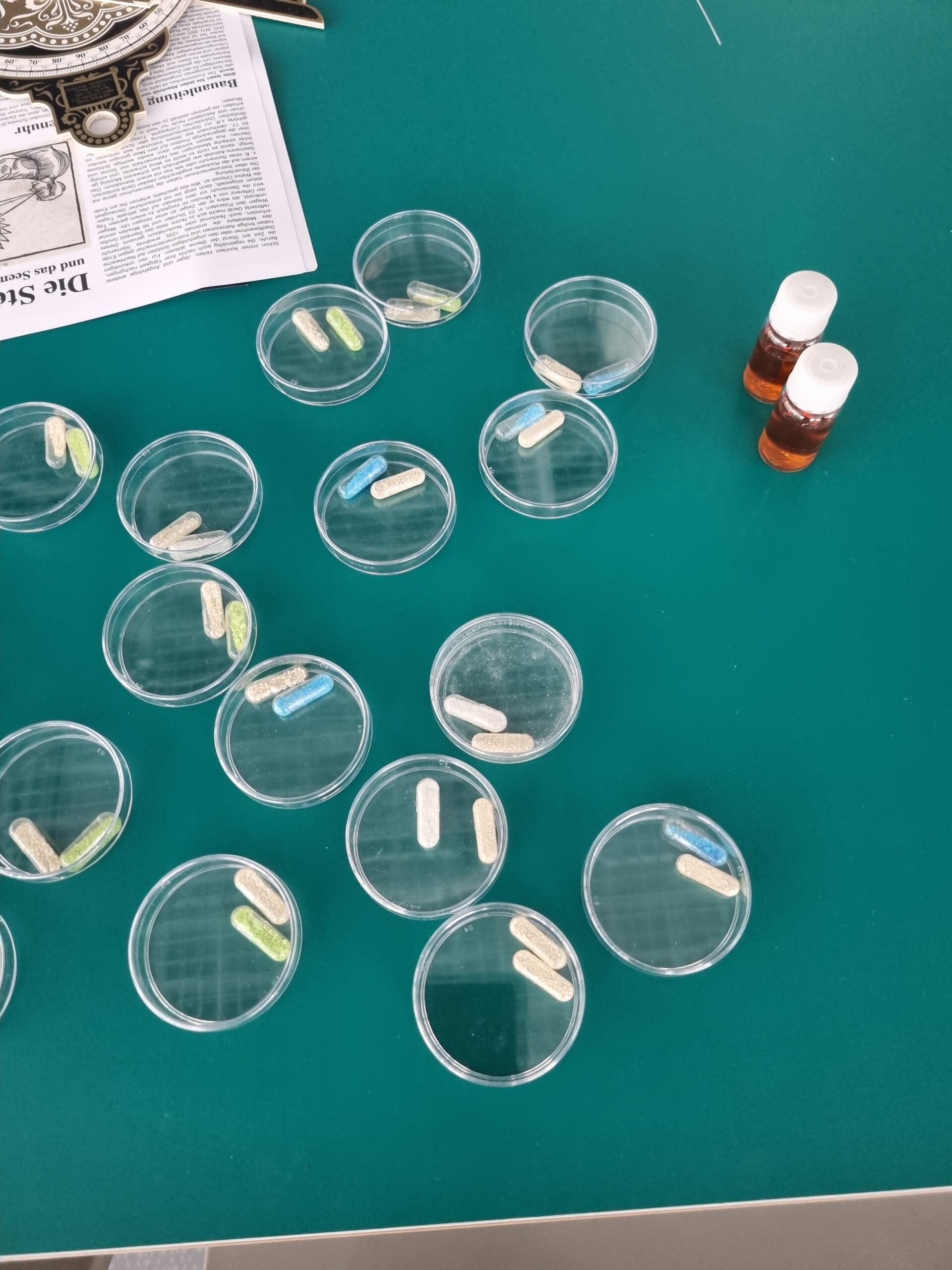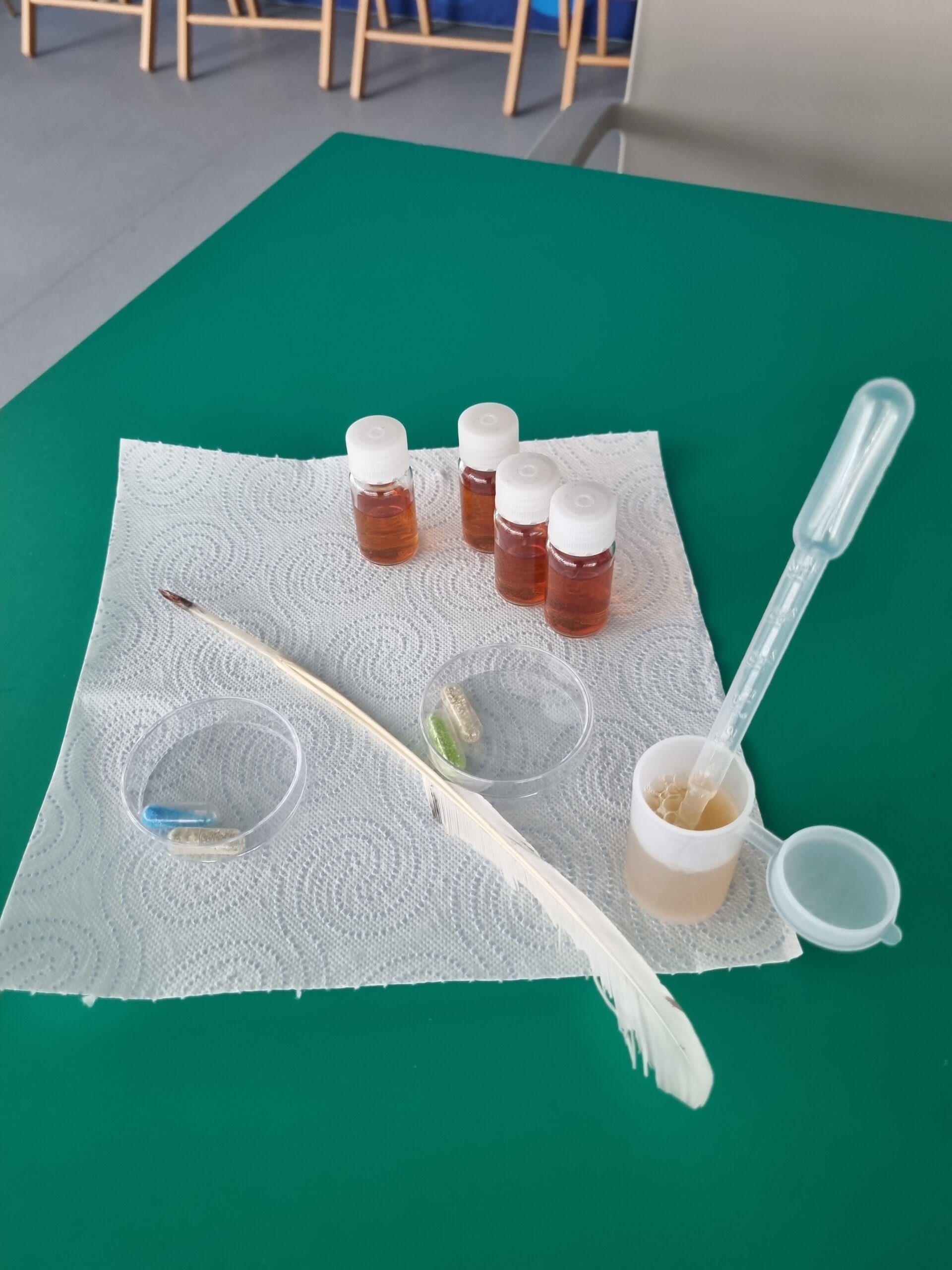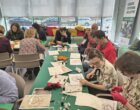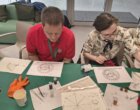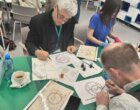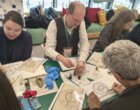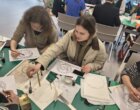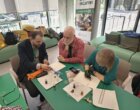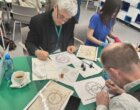HEART Conference: Report on the Special Session on Manuscripts, Psalters and Handwritten Fragments
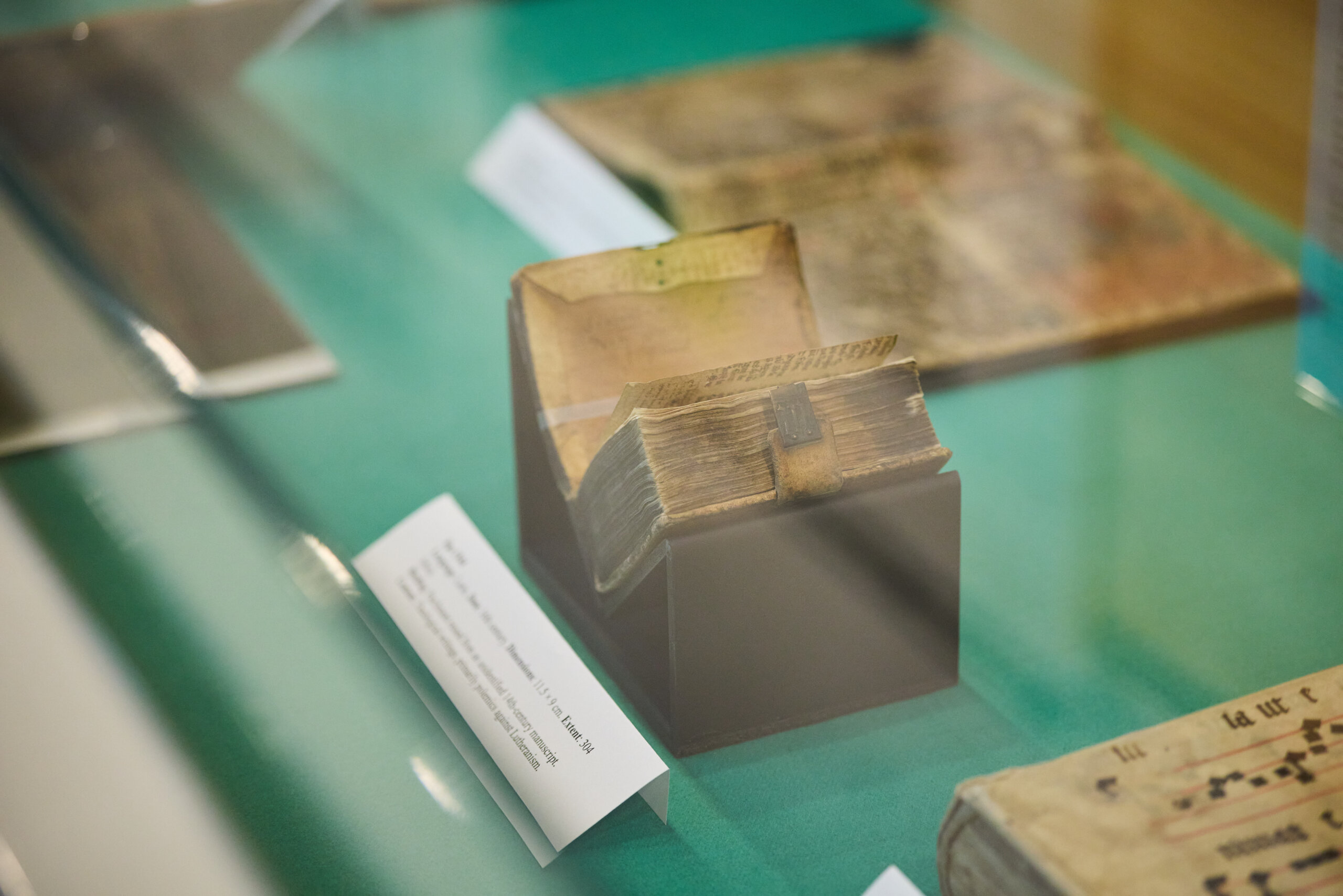
On 11–12 April, during the Historical English Analysis and Research Tradition (HEART) conference, scholars of medieval English language and literature took part in a special session dedicated to manuscripts, psalters and manuscript fragments. Co-hosted by the University of Warsaw Library, the session featured lectures, presentations and a hands-on workshop.
Medieval English psalters and manuscript fragments
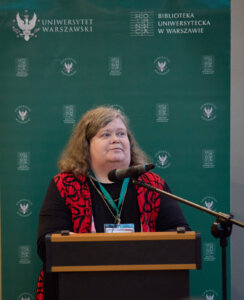
M. J. Toswell
The manuscript session was inaugurated on Friday evening at the University of Warsaw Library with a guest lecture by Professor M. Jane Toswell (University of Western Ontario, Canada) entitled The Layouts of Vernacular Psalters in Early Medieval England. Following the lecture, the participants were invited to view a short documentary film – The N-Psalter: Uncovering the Secrets of Medieval Manuscript Fragments – which outlined the results of the research project coordinated by prof. Monika Opalińska (University of Warsaw). The film was produced by Marcin Laszczkowski with the support from the BUW Promotion Department.
The event was accompanied by two exhibitions curated by Agnieszka Fabiańska: a display of posters presenting selected aspects of the physical and chemical research carried out on the Elbląg fragments of the N-Psalter so far, and a curated selection of manuscript fragments from the Special Collections at the University of Warsaw Library.
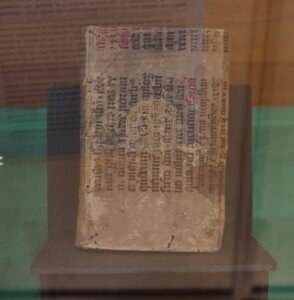
Samuel Meienreis’ volume, BUW Sd.608.369-376
The exhibition focused primarily on manuscript fragments re-used as bookbinding supports. Some of the fragments are still integrated into the bindings of other manuscripts – as covers, spine linings, or endleaf guards. Others, once used as covers for the early printed books from the University of Warsaw Library collection, were detached from their carrier volumes during the conservation process.
The display also featured an early printed book from the Rare Book Department at the University of Warsaw Library. The volume originally belonged to Samuel Meienreis – the 16th-century Elbląg theologian whose books contained fragments of the N-Psalter. The volume’s provenance is confirmed by Meienreis’ handwritten signature on the title page and his supralibros stamped on the front cover.
This part of the display also featured several letters from Helmut Gneuss in which he expressed his views on the contents and provenance of the Old English Psalter, including his tentative hypothesis that Gunhild, sister of Harold II, king of England, who took refuge in Bruges after the Battle of Hastings, might have been entangled in the manuscript’s intricate history.
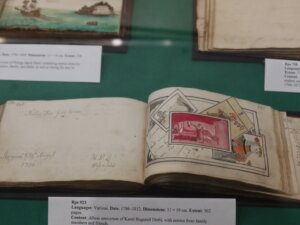
Alba amicorum from the University of Warsaw Library collection
The final part of the display featured three Alba amicorum documenting the academic journeys of their respective owners. This was a reminder of a now-lost Album amicorum of Samuel Meienreis, a transcript of which (published in 1929) remains an important biographical source on the Elbląg theologian. The Album contained entries from Meienreis friends, professors, and fellow students from Leiden University, where he studied for two years, between 1600 and 1602, and where he purchased the books whose bindings later revealed the re-used fragments of the N-Psalter.

Workshop
On the second day of the conference, a hands-on workshop on medieval scientific illustrations was led by Prof. Anna Wojtyś and Prof. Barbara Wagner (University of Warsaw). The session focused on A Treatise on the Astrolabe by Geoffrey Chaucer – a didactic text that served as a practical guide to the construction and use of one of the most important astronomical instruments of the Middle Ages. The treatise is accompanied by a range of diagrams, one per each chapter, which vary in complexity and accuracy across extant manuscripts, reflecting the diverse levels of scientific understanding among their scribes and illustrators.
During the workshop, participants engaged directly with these medieval diagrams, copying and completing illustrations based on Chaucer’s instructions. Each attendee worked with hand-made iron-gall ink, recreating the experience of a medieval scribe and gaining insight into the challenges of visualising scientific knowledge in manuscript form.
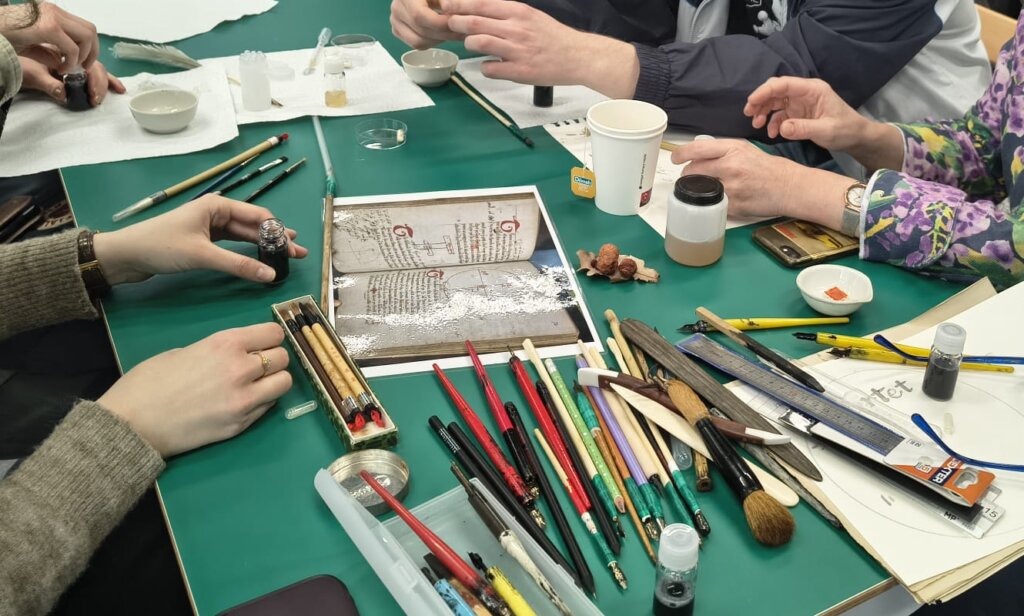
Images: BUW, Sylwester Łodej, Krystian Szczęsny

